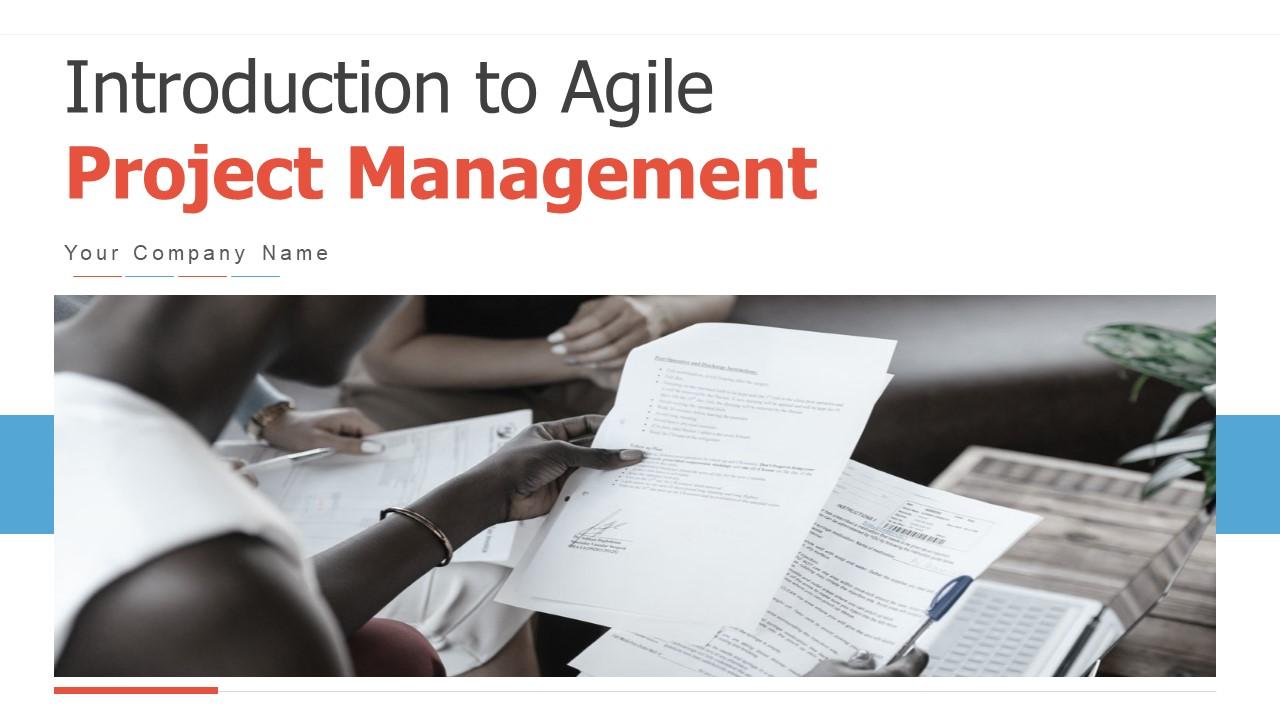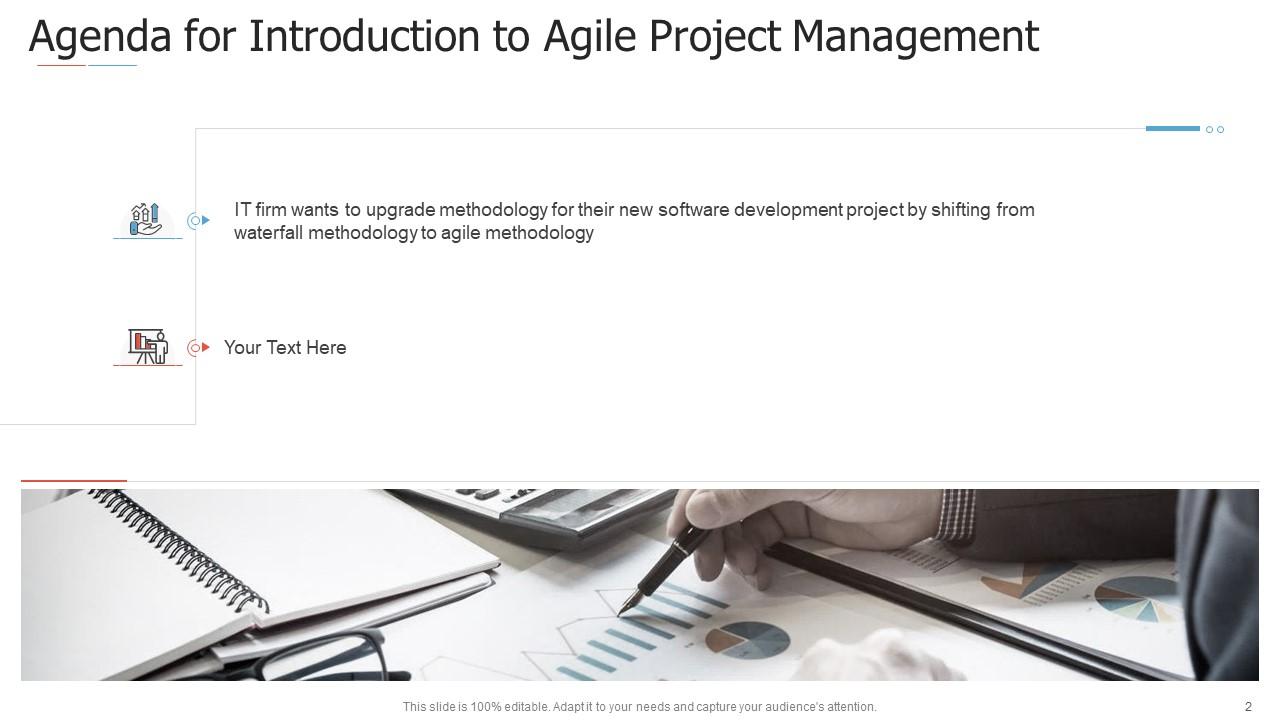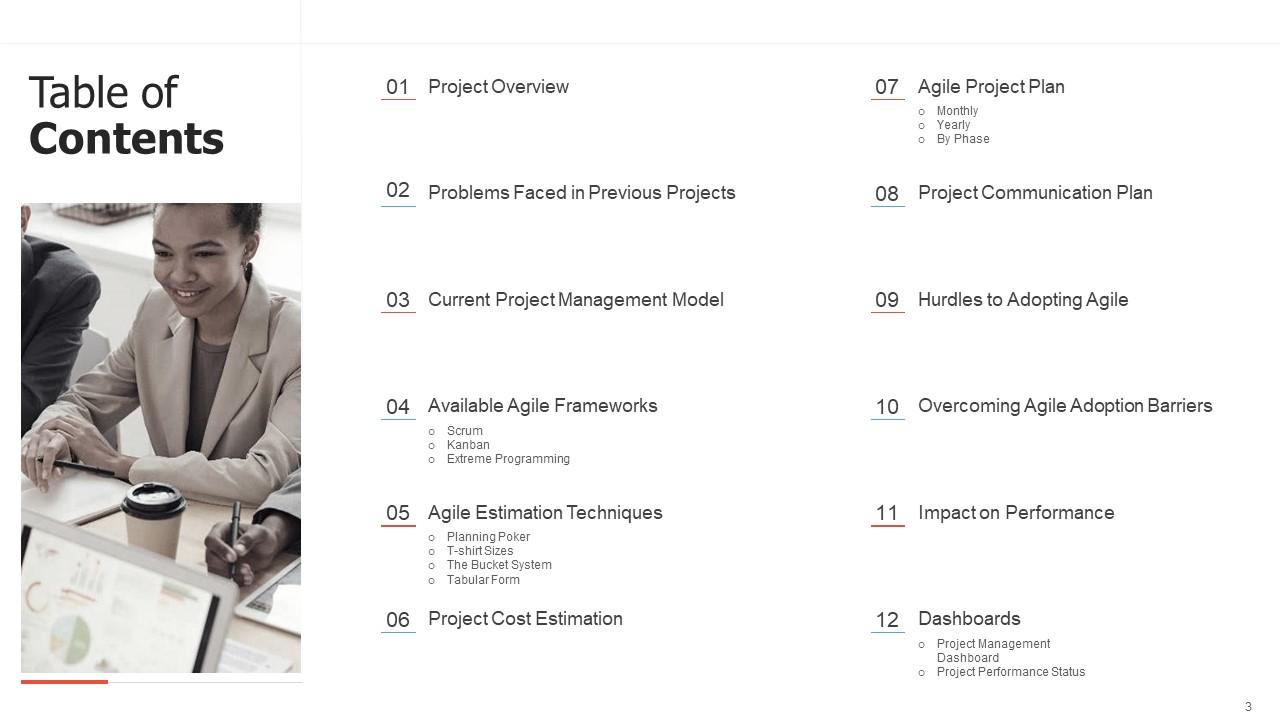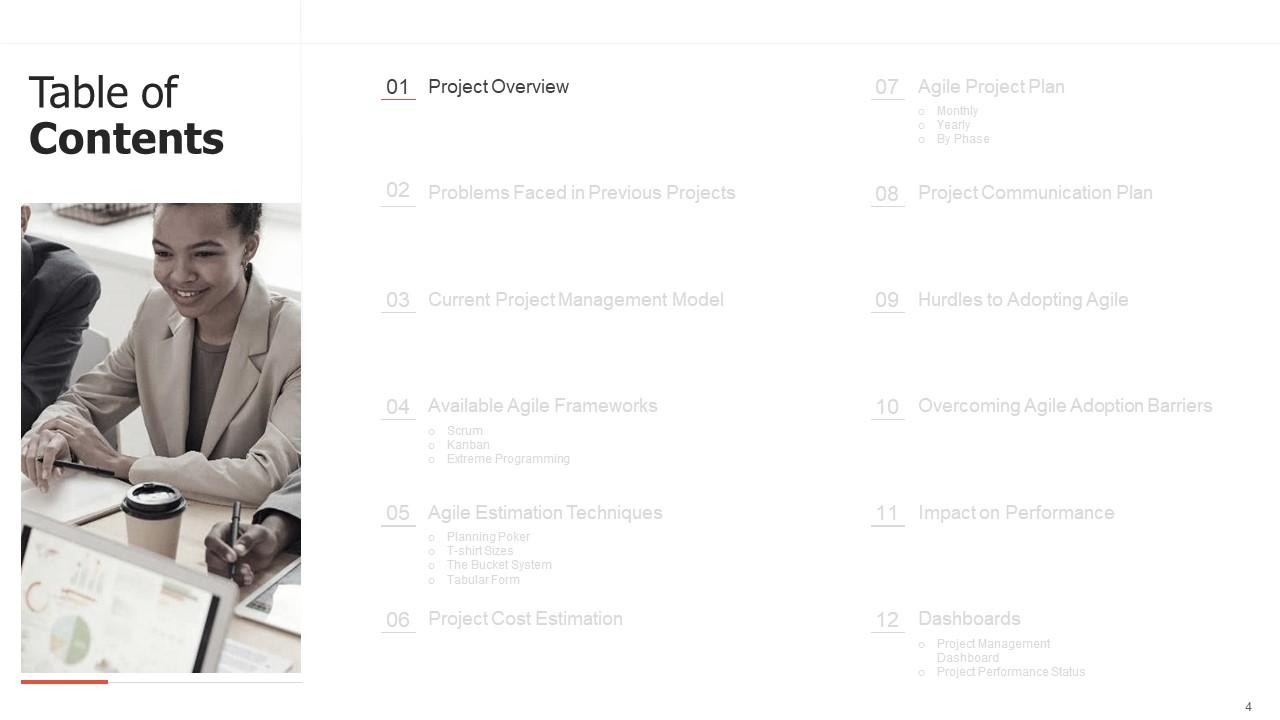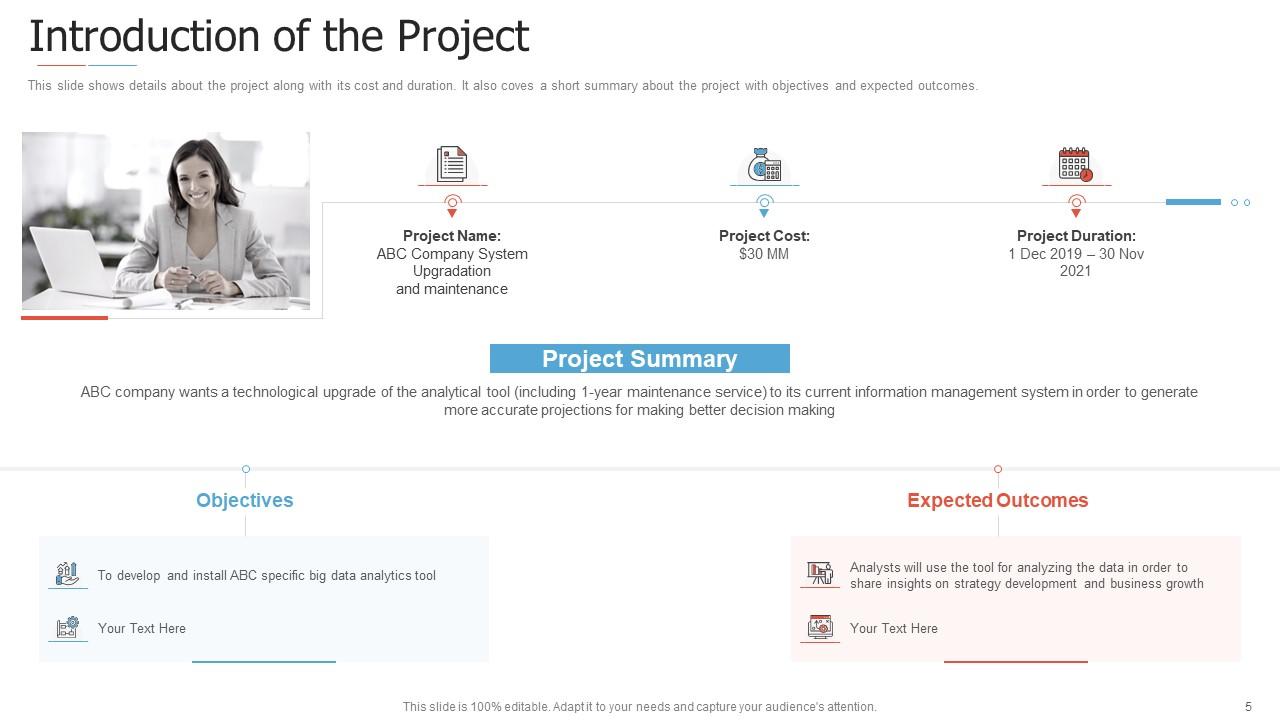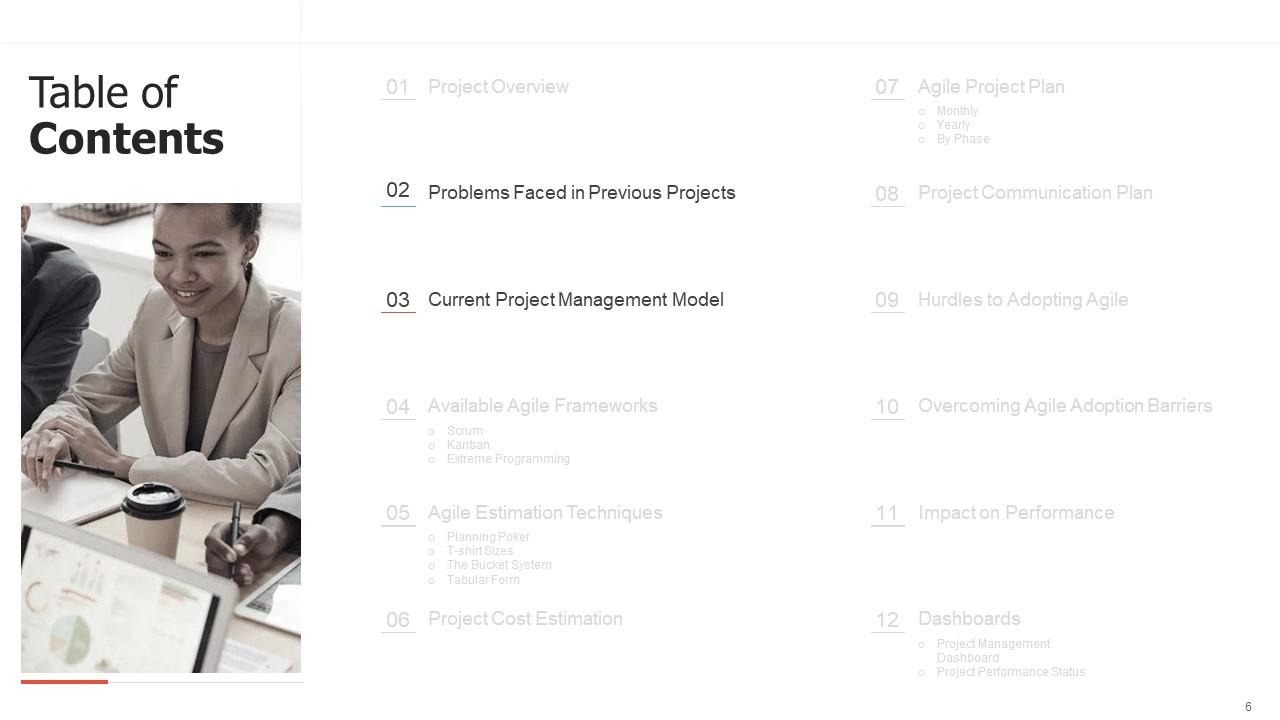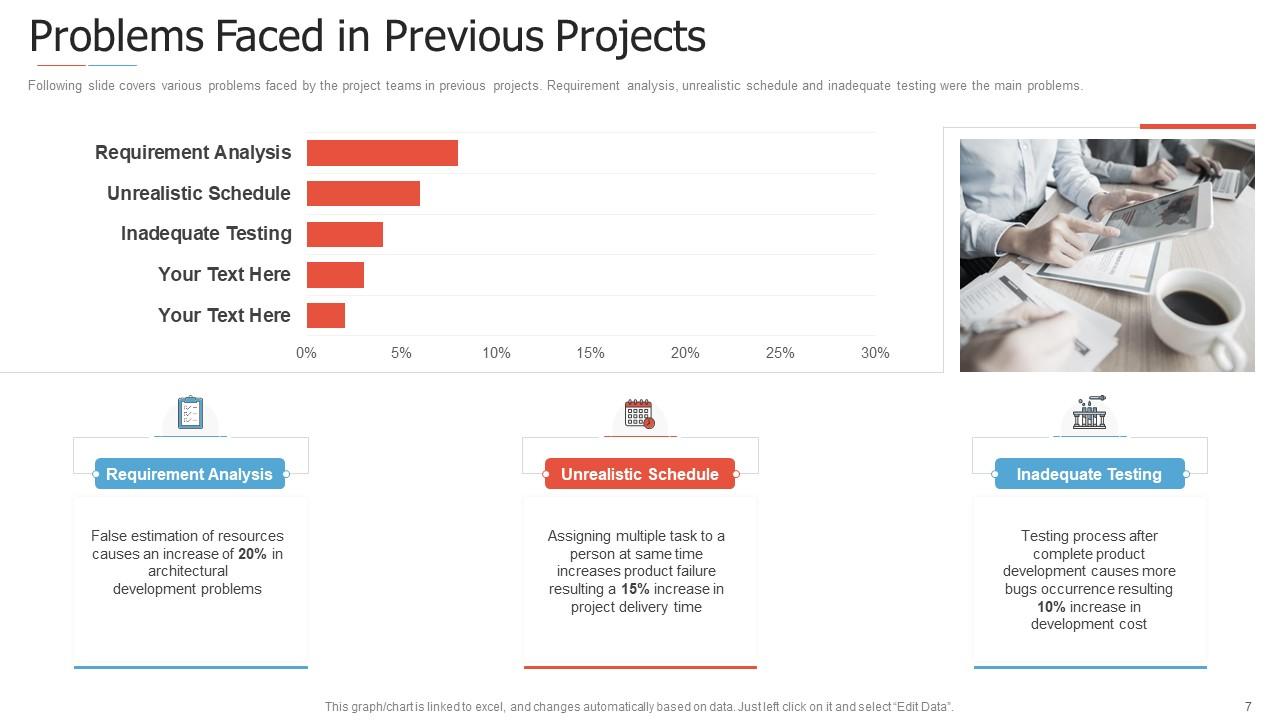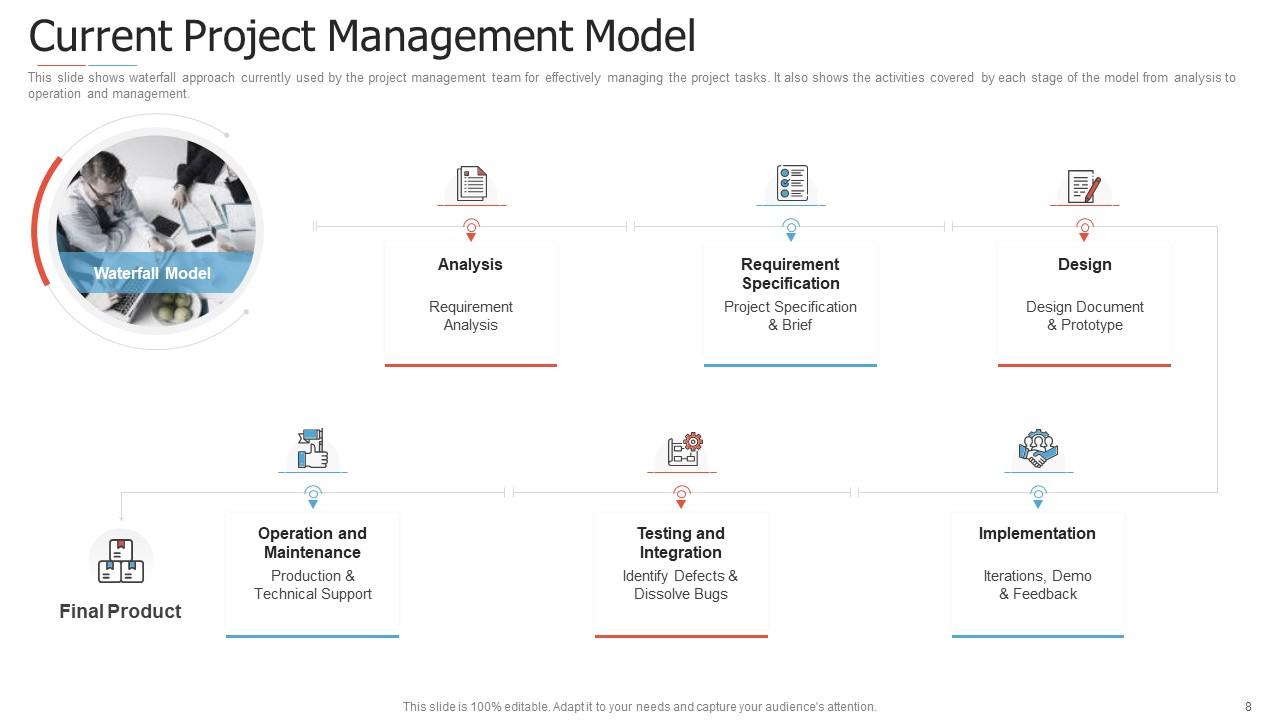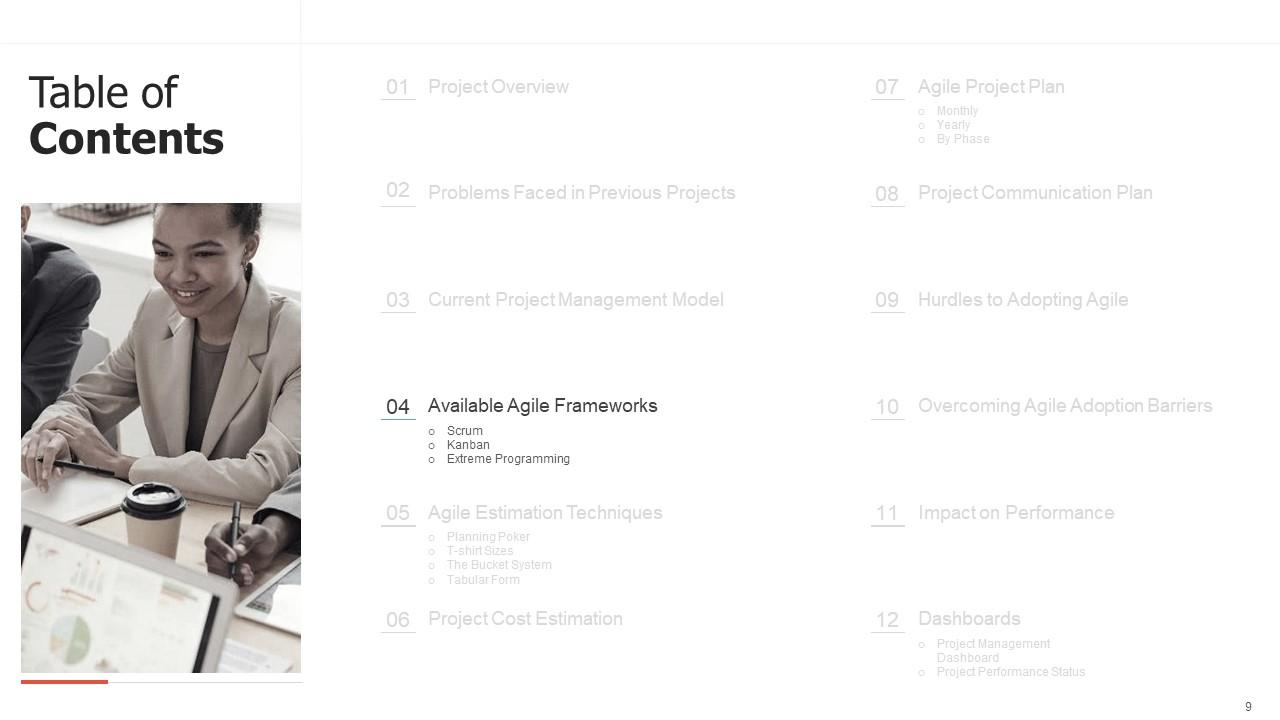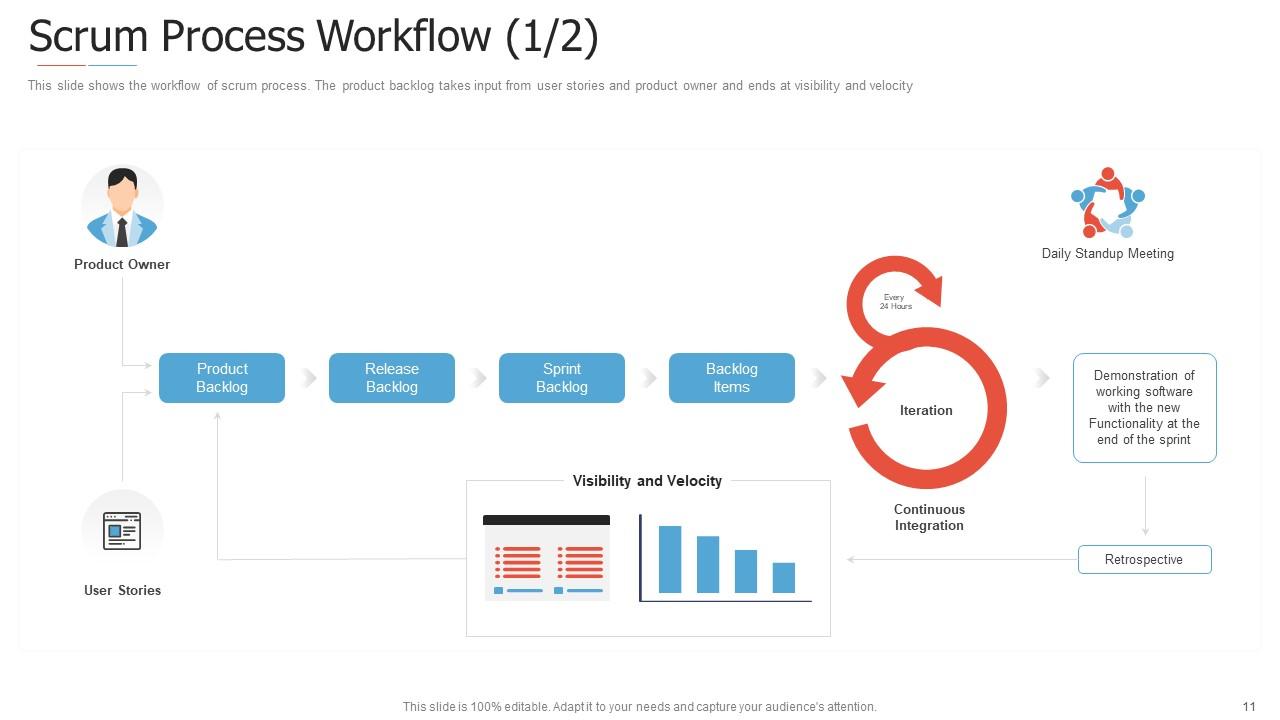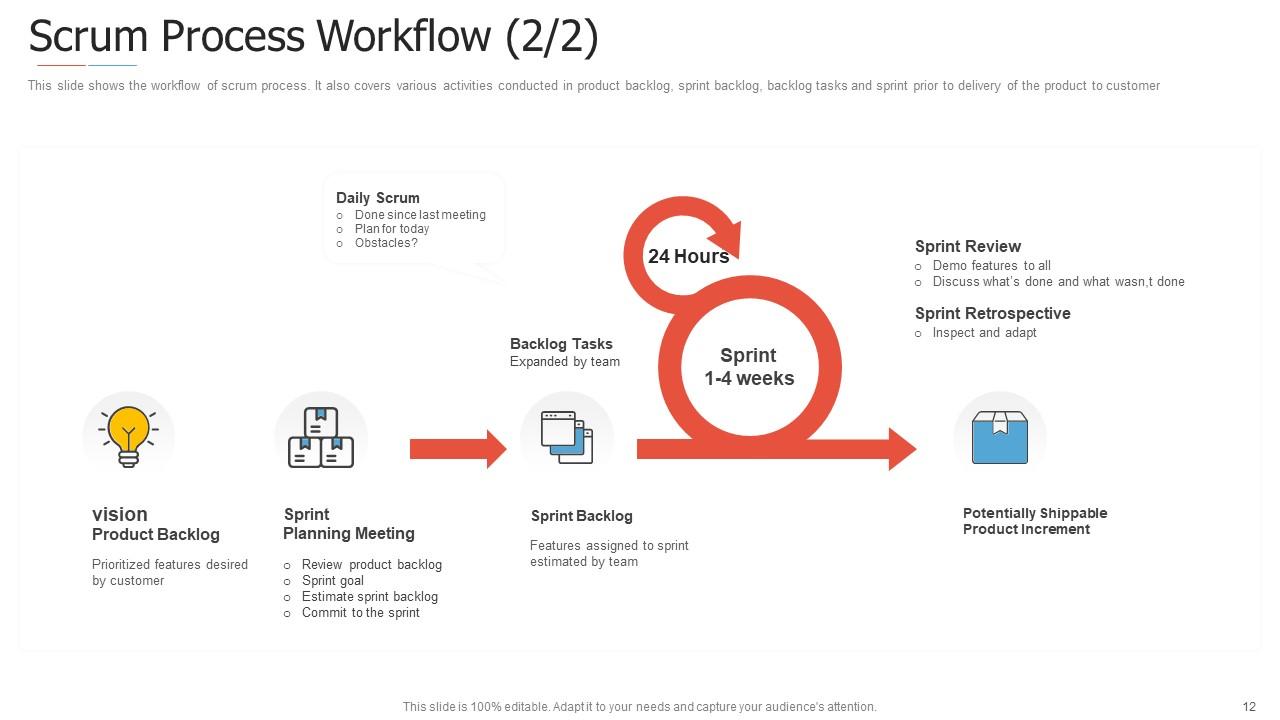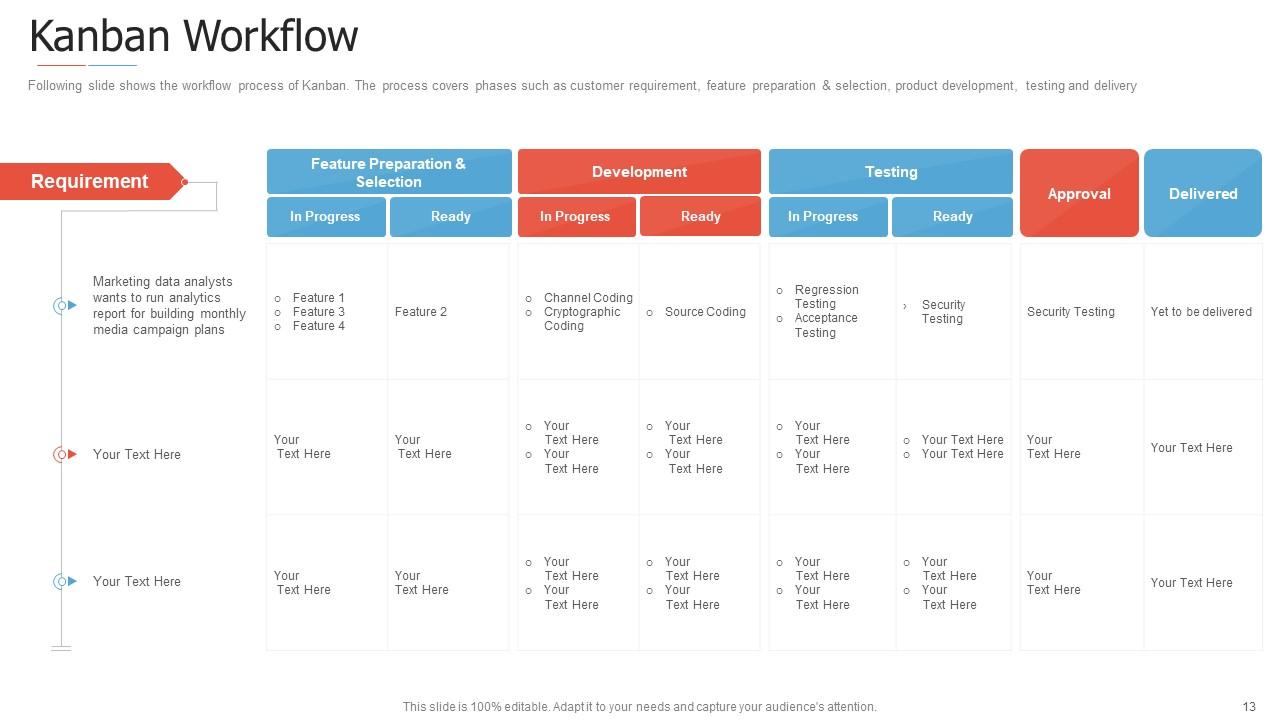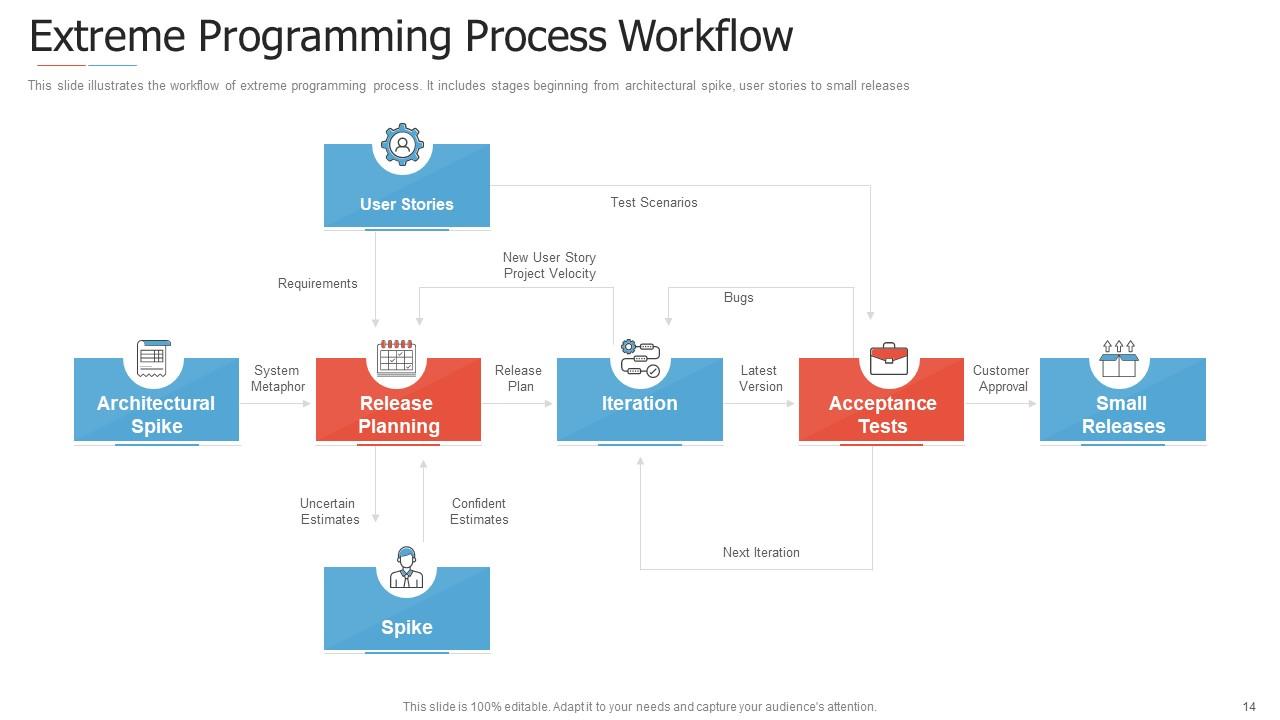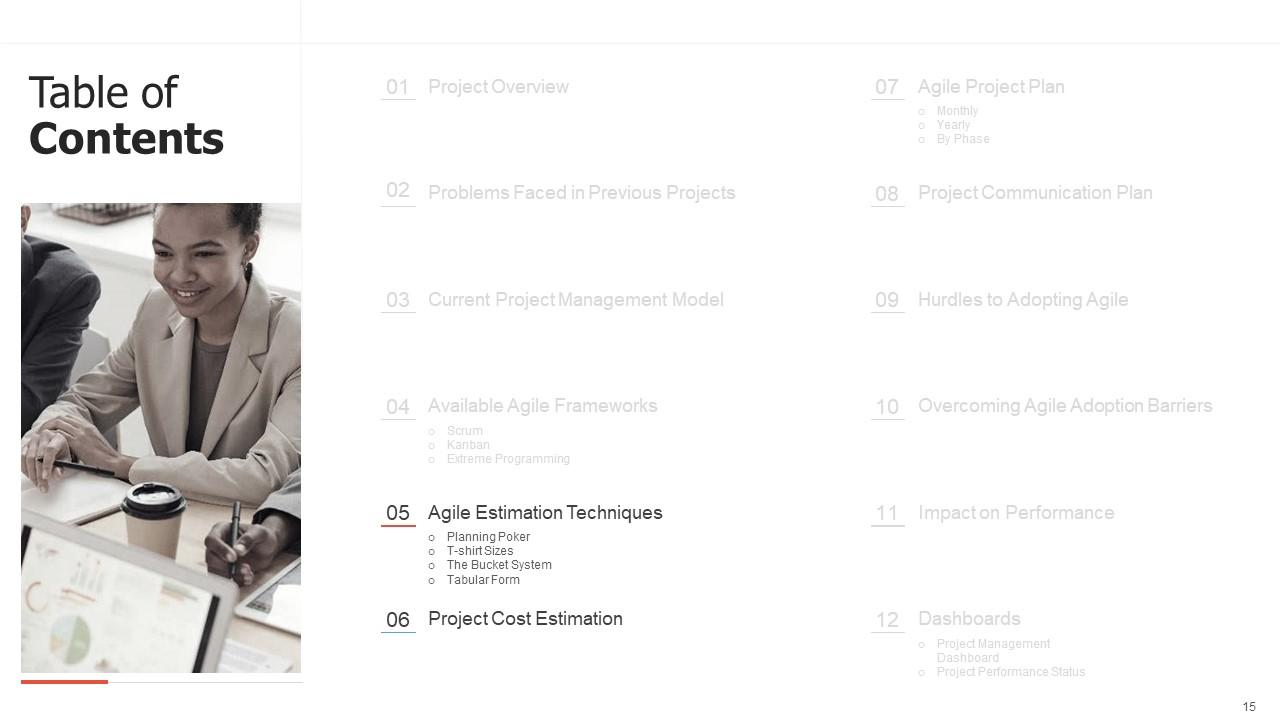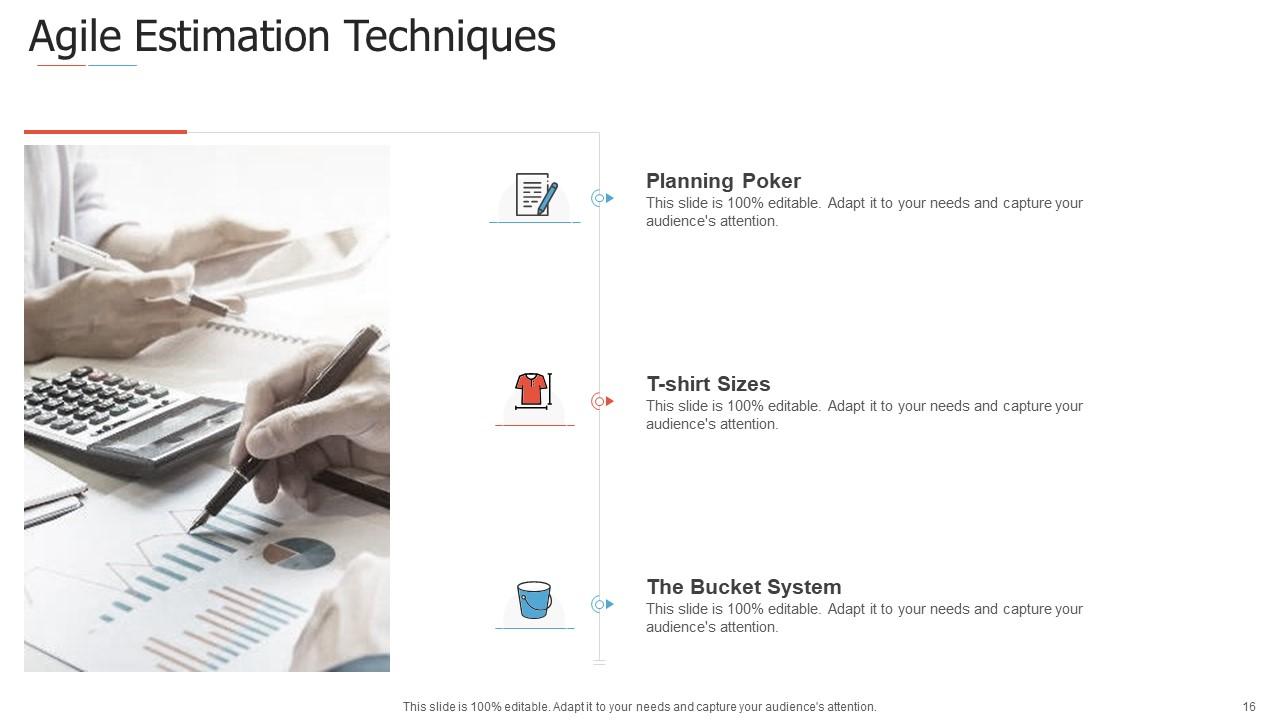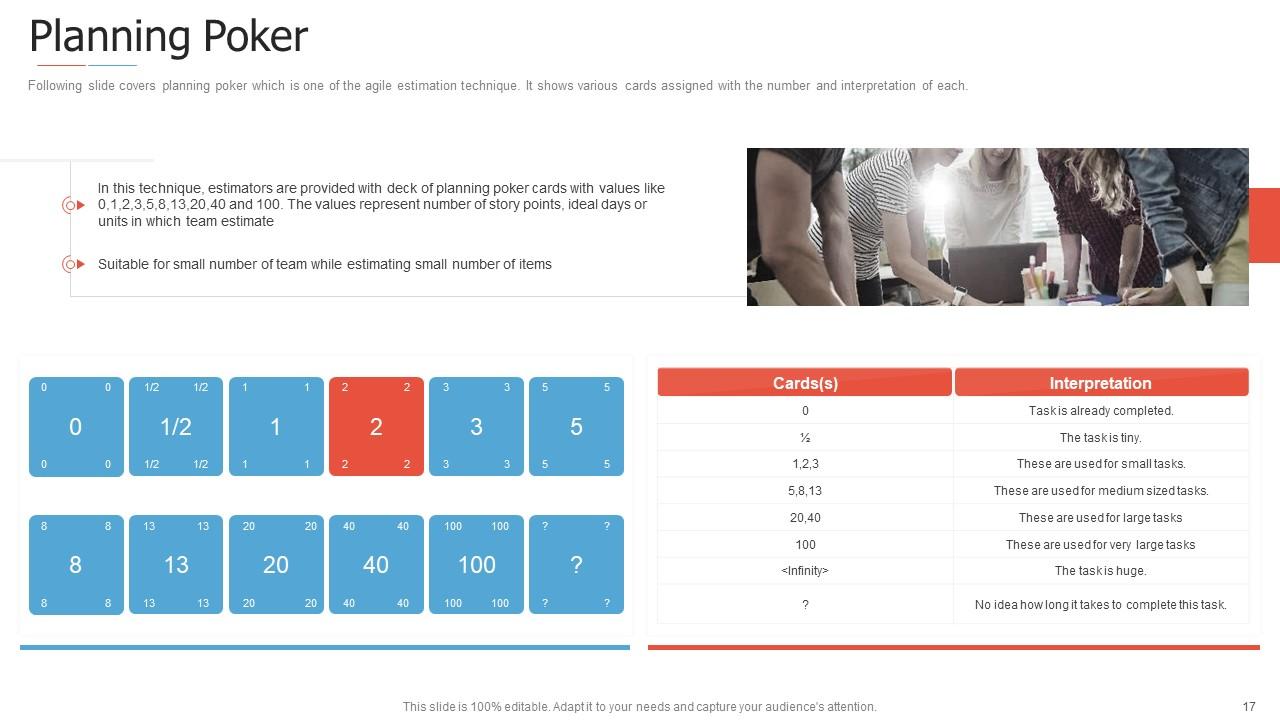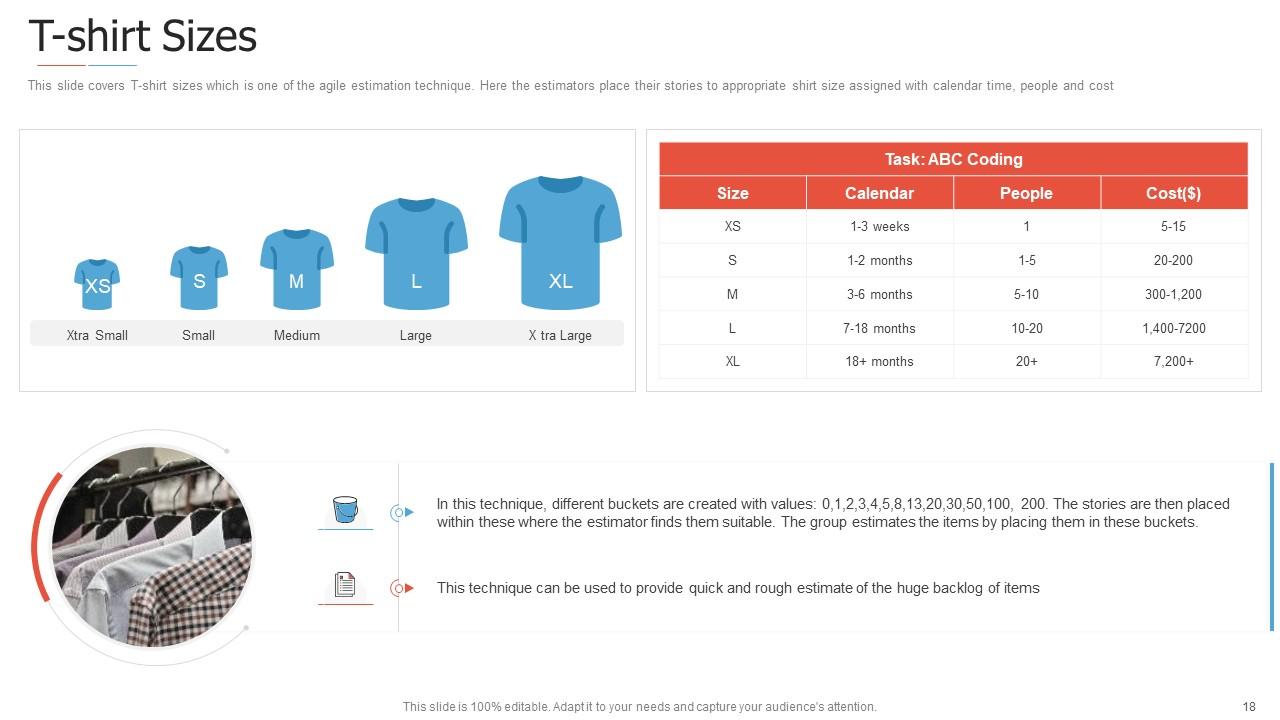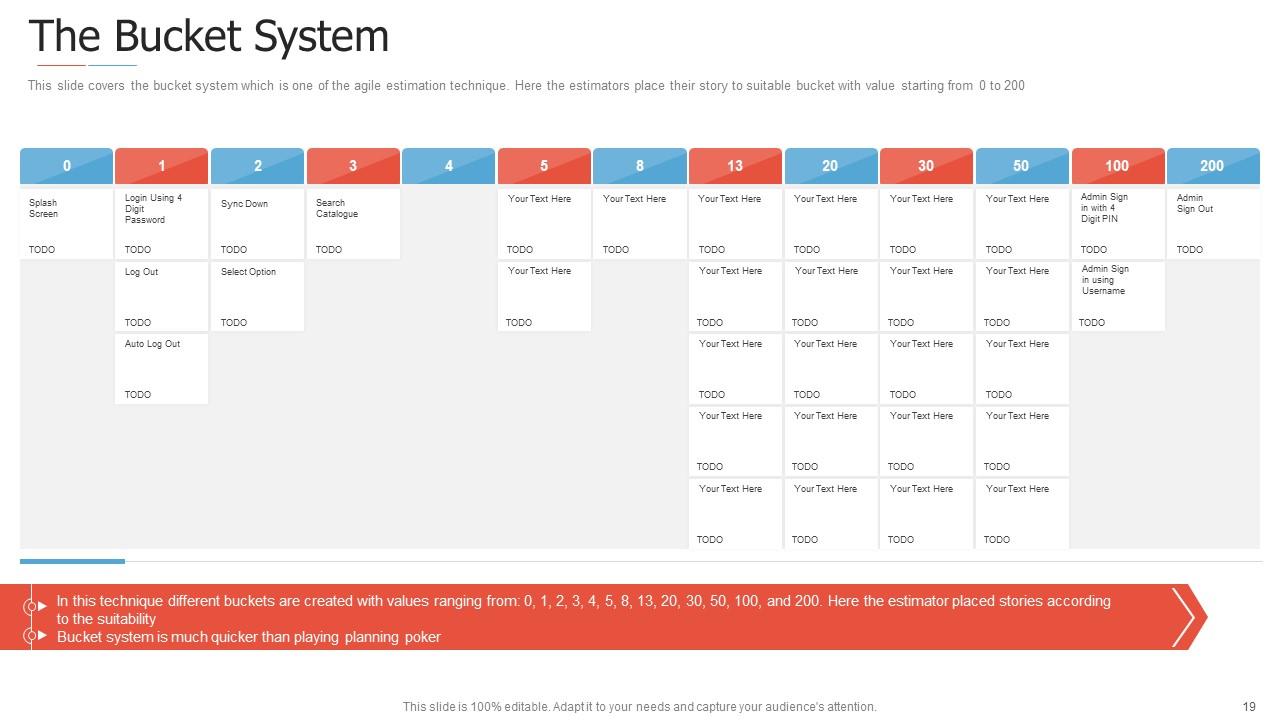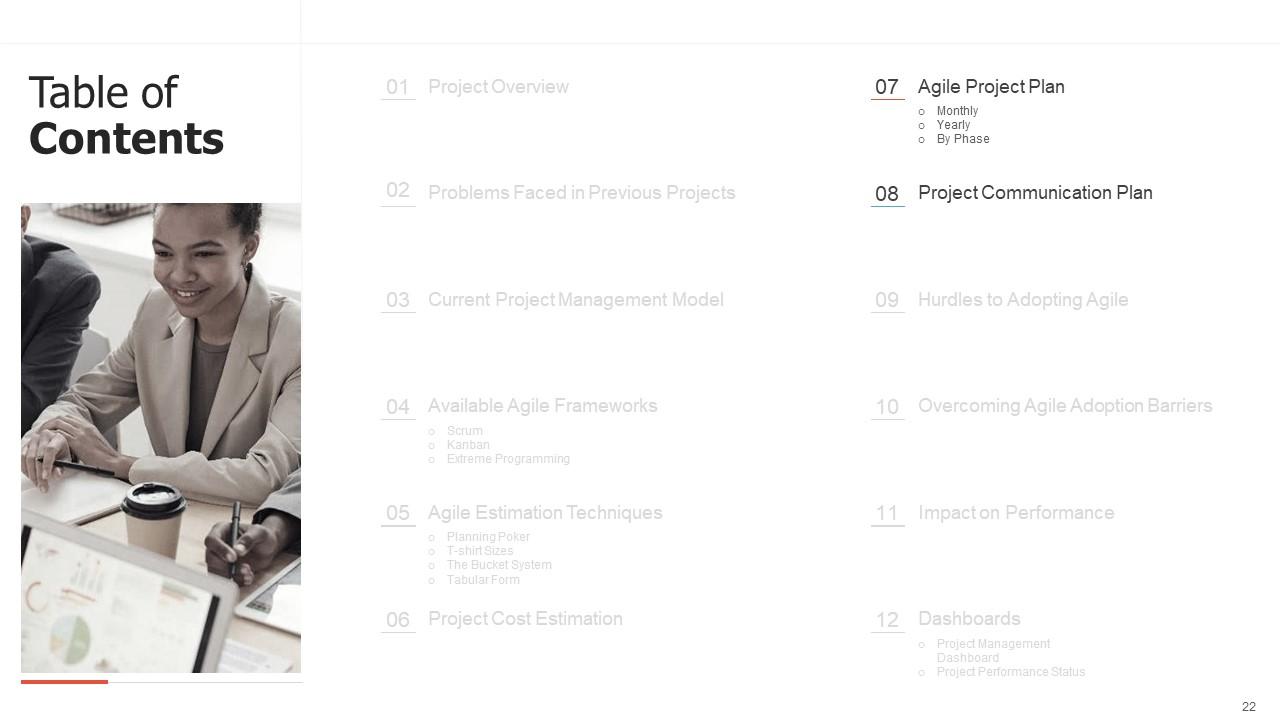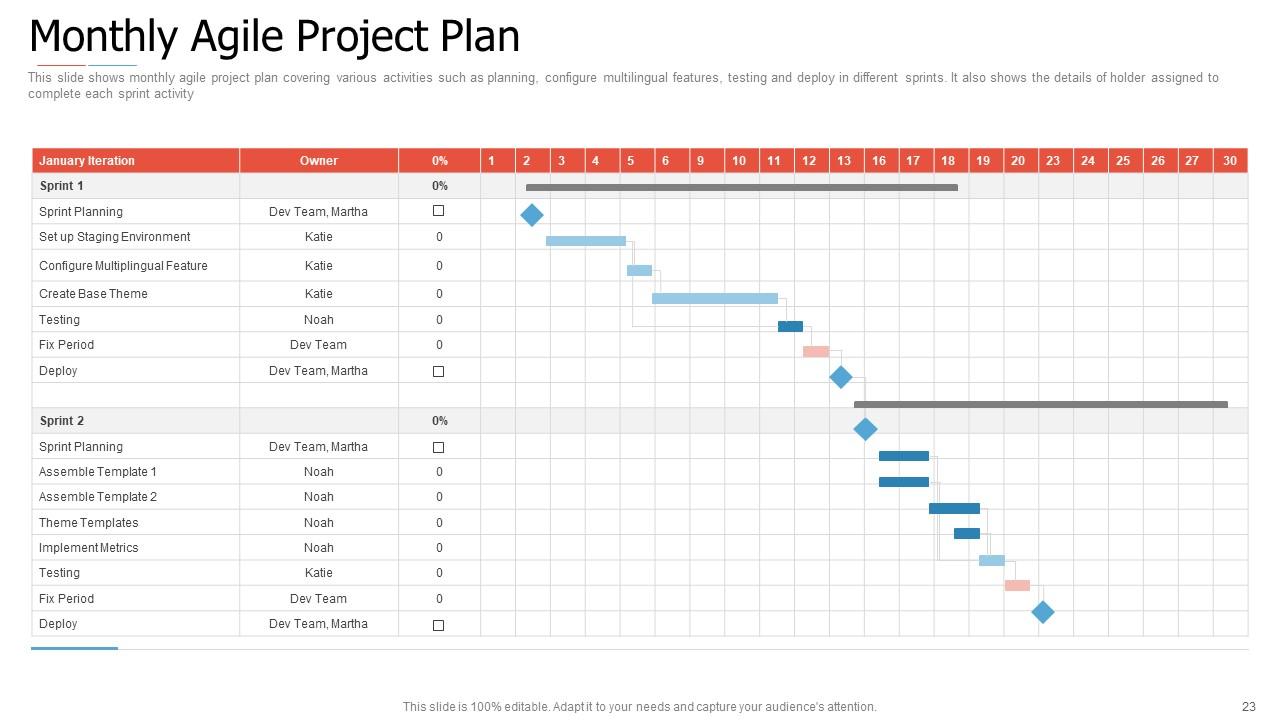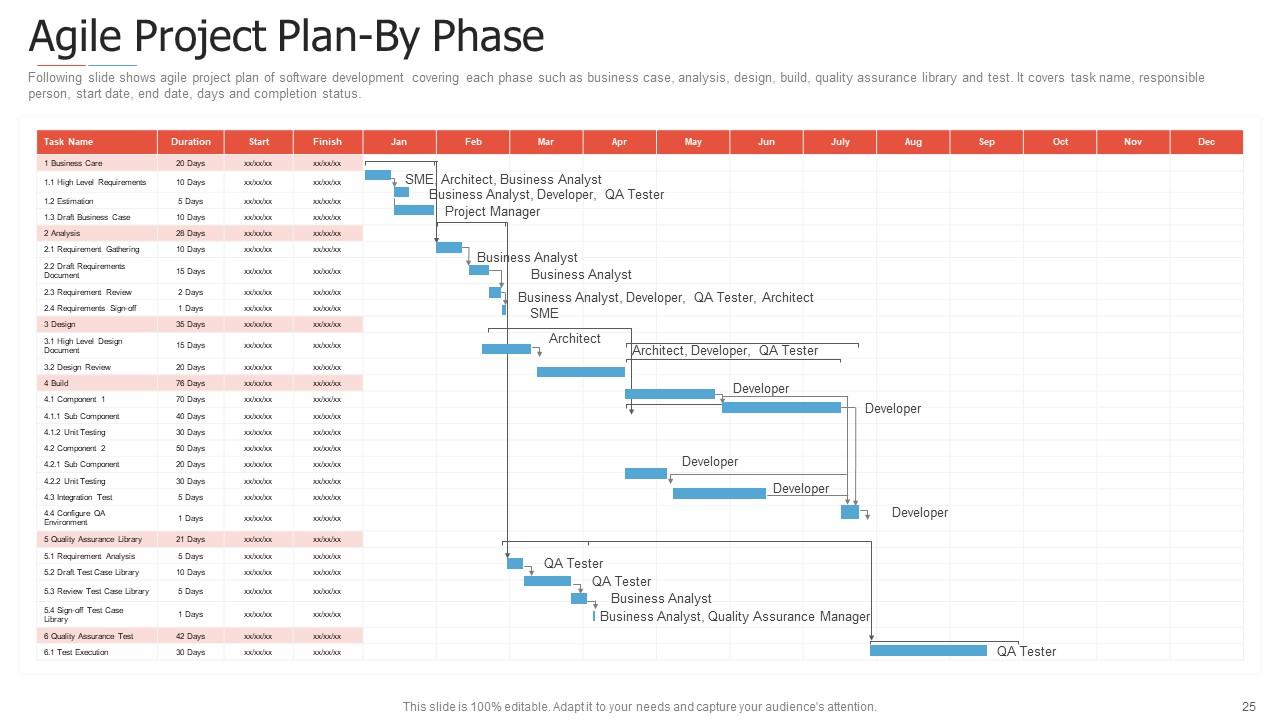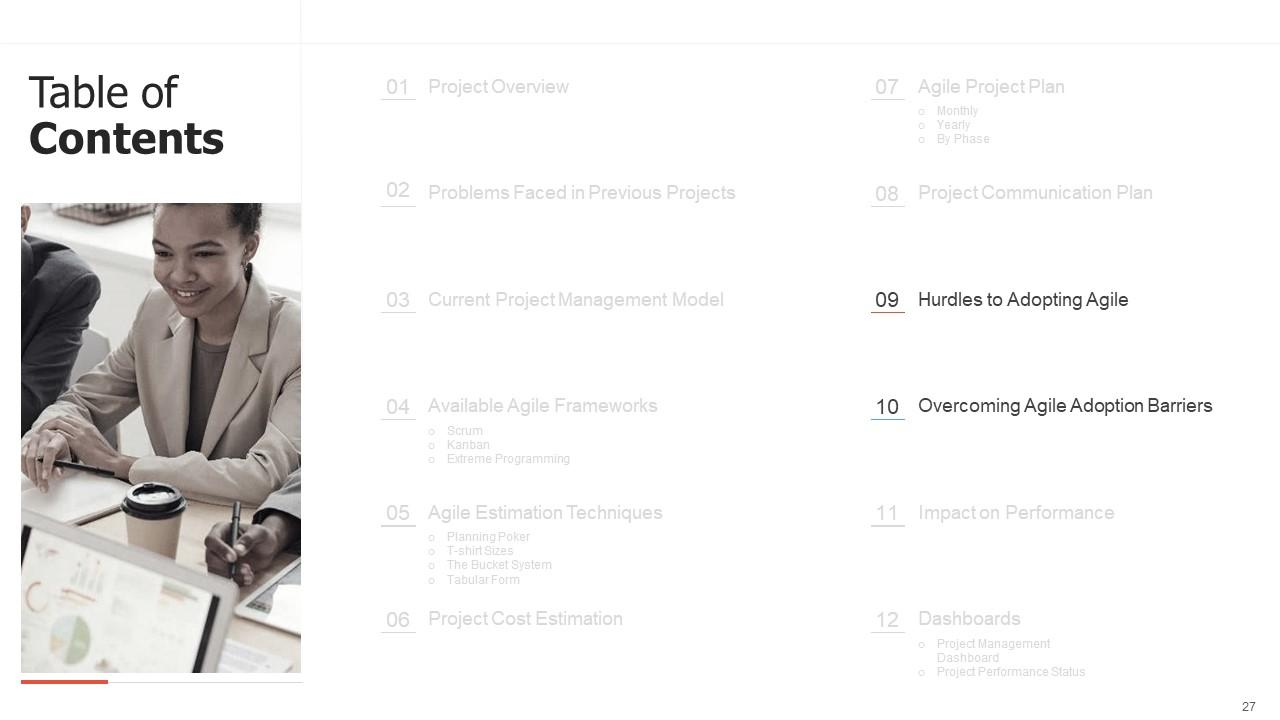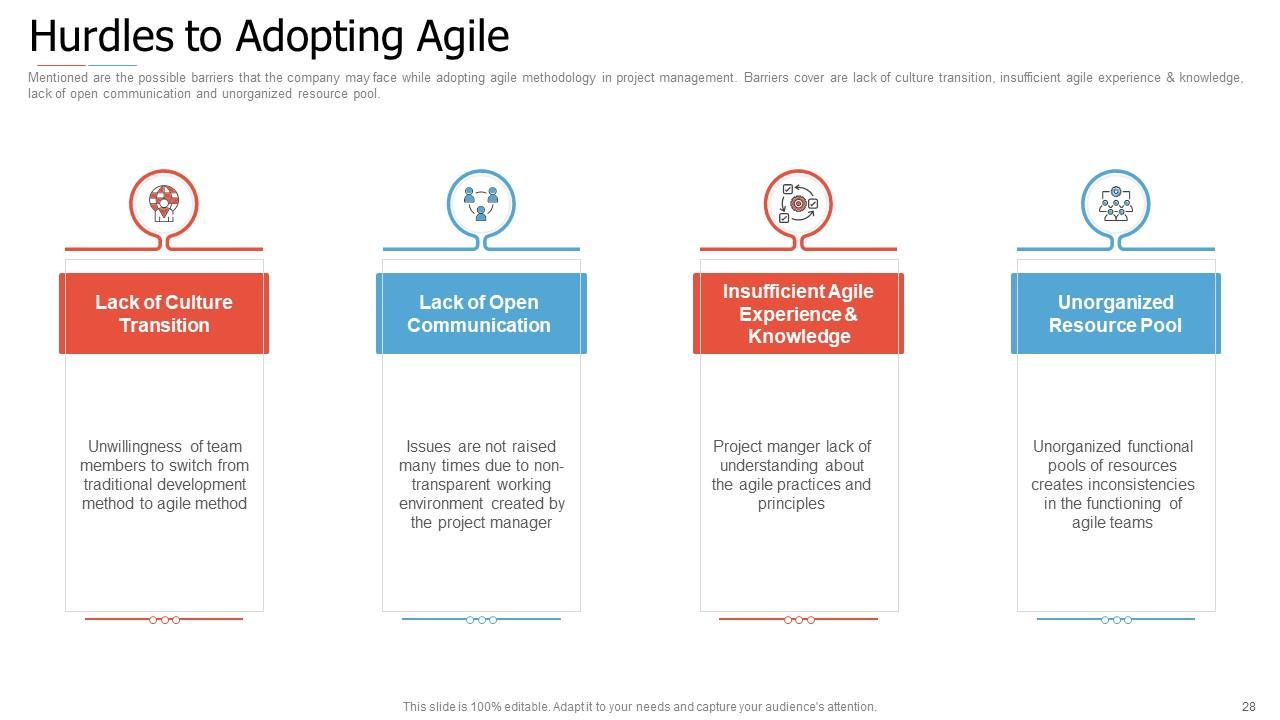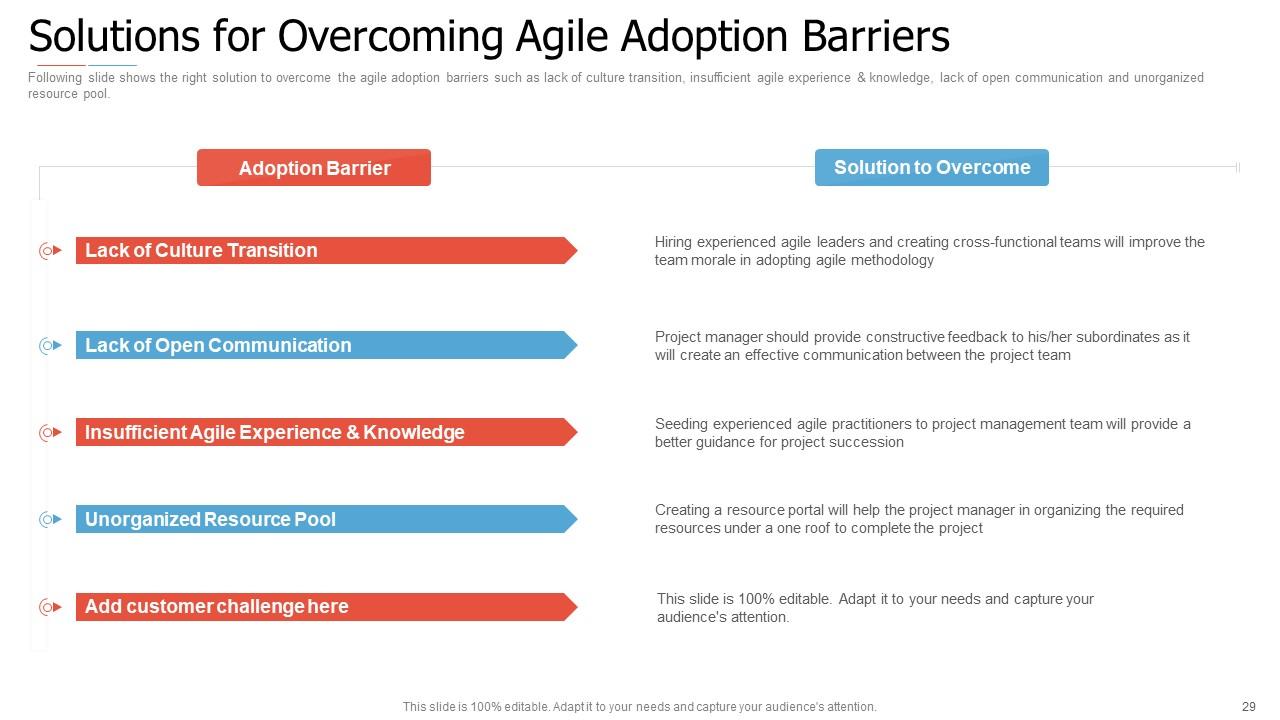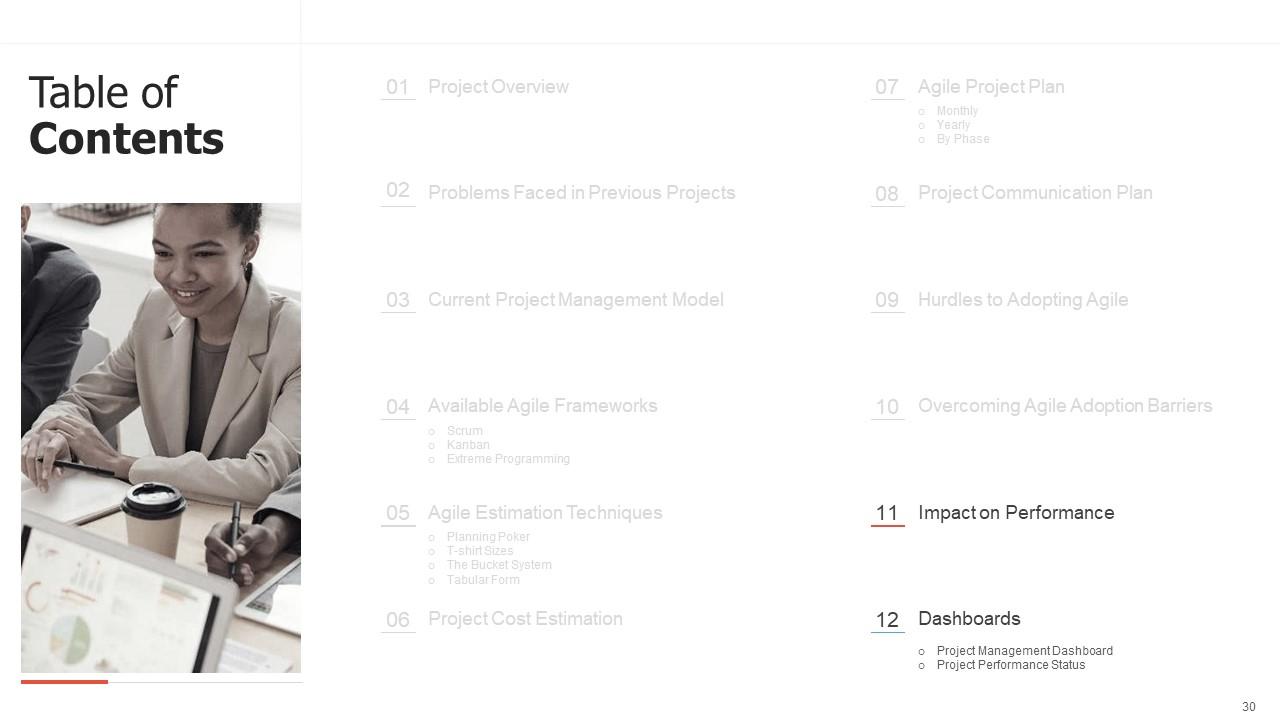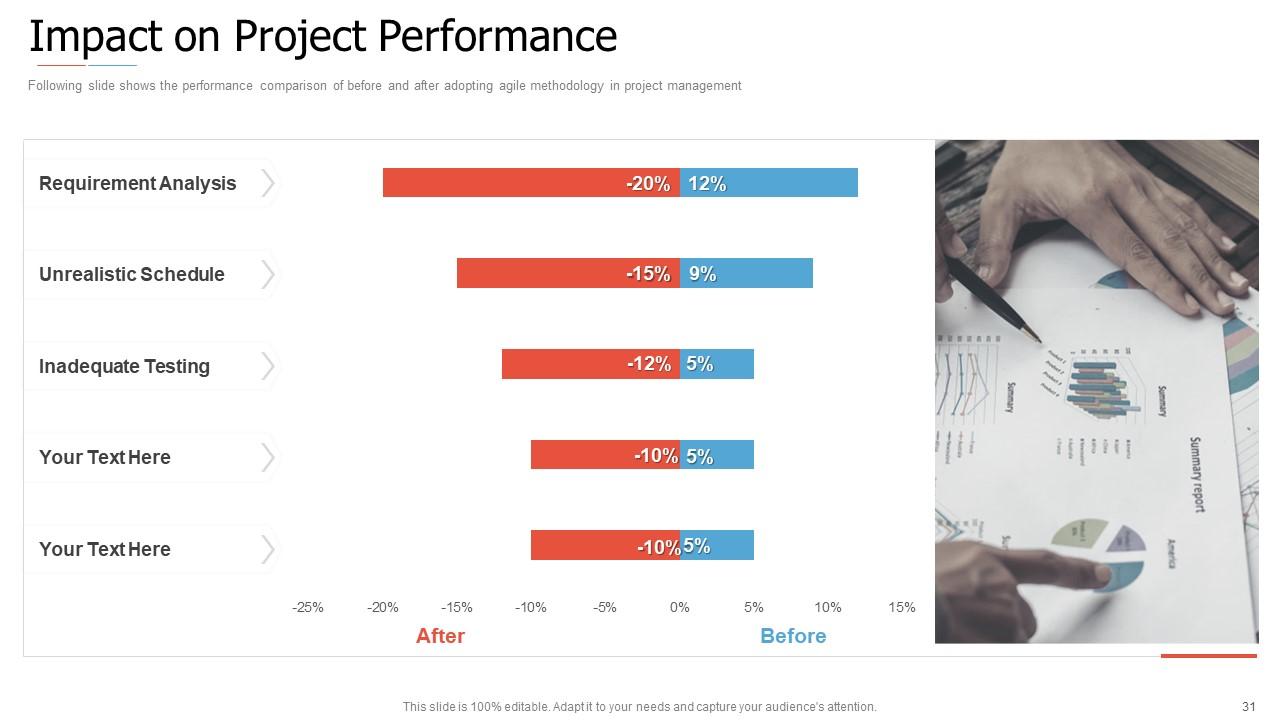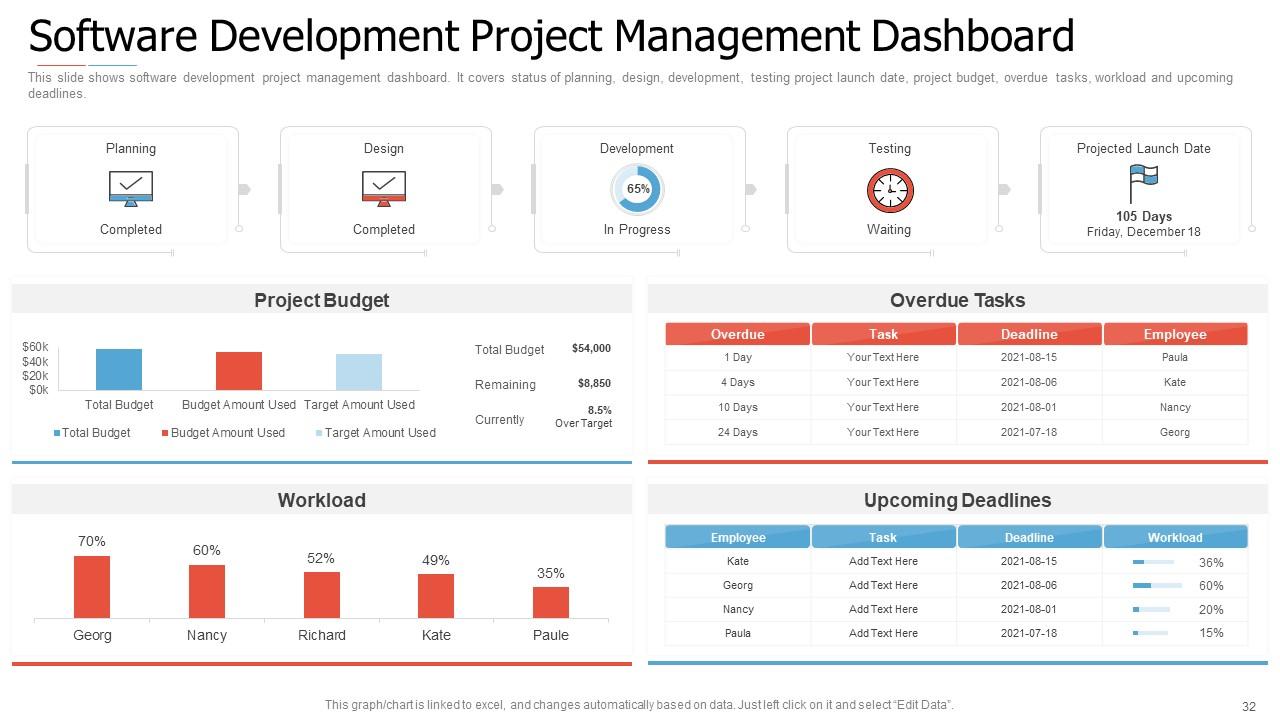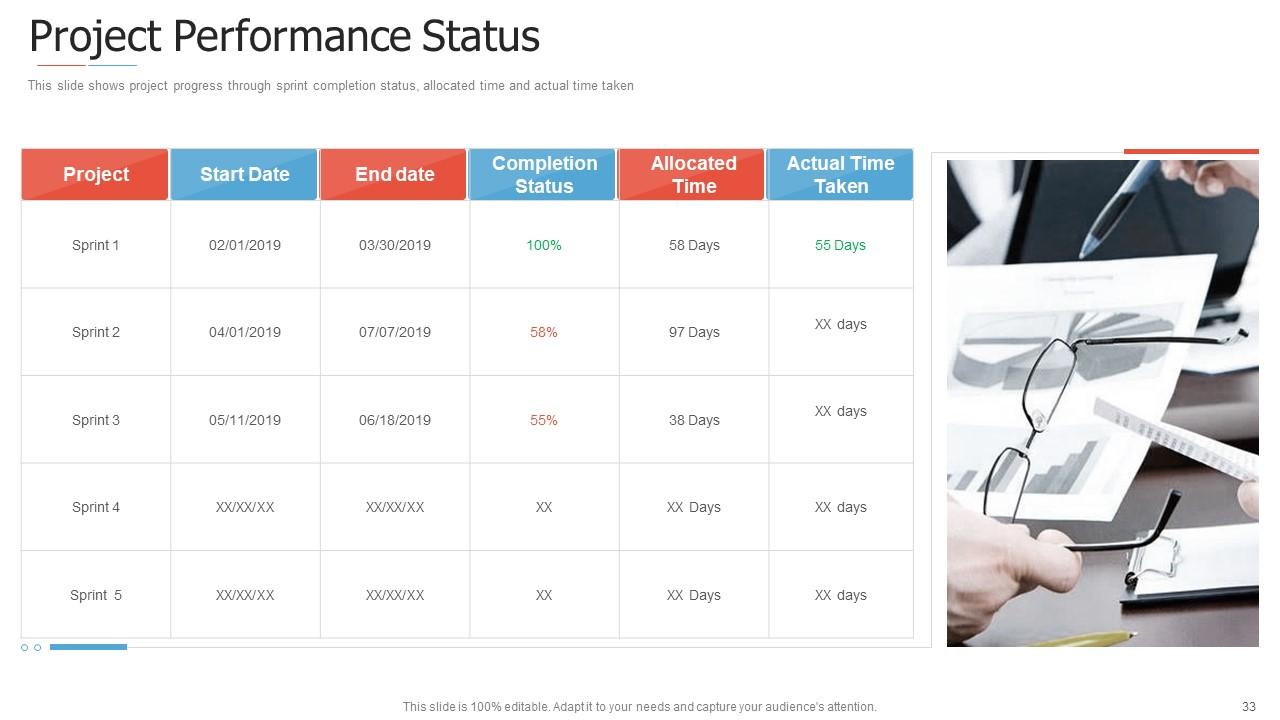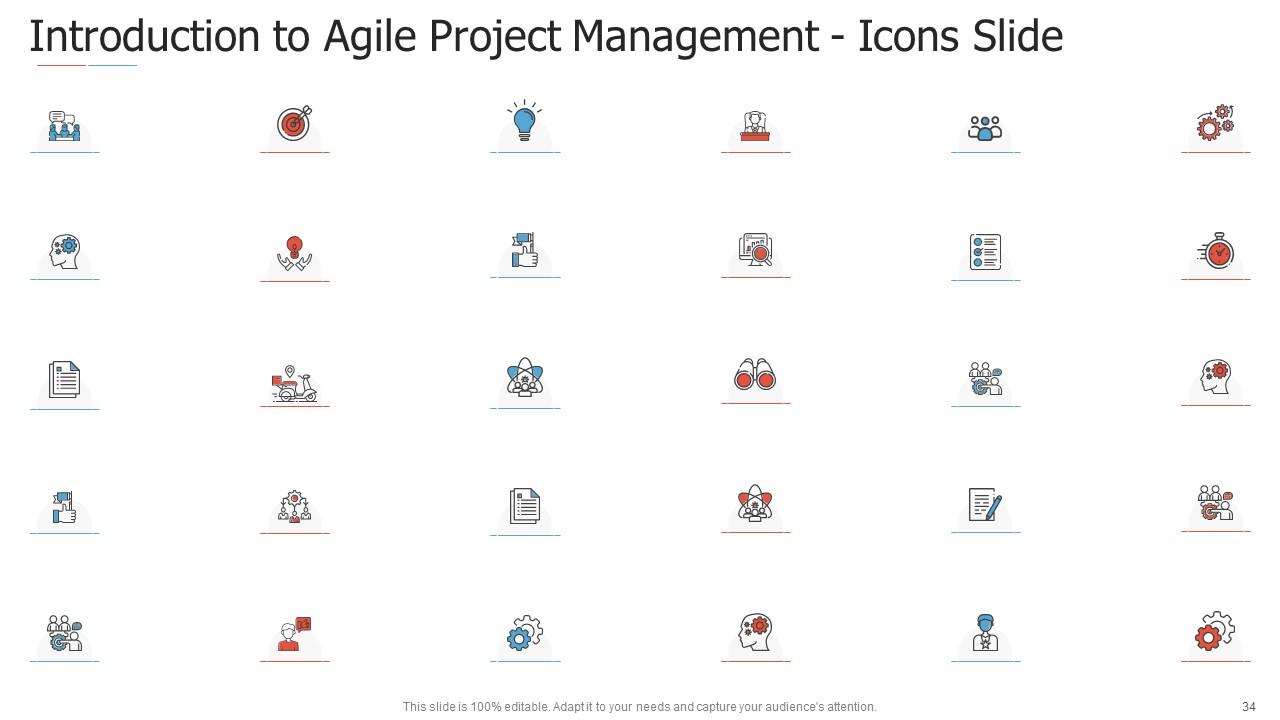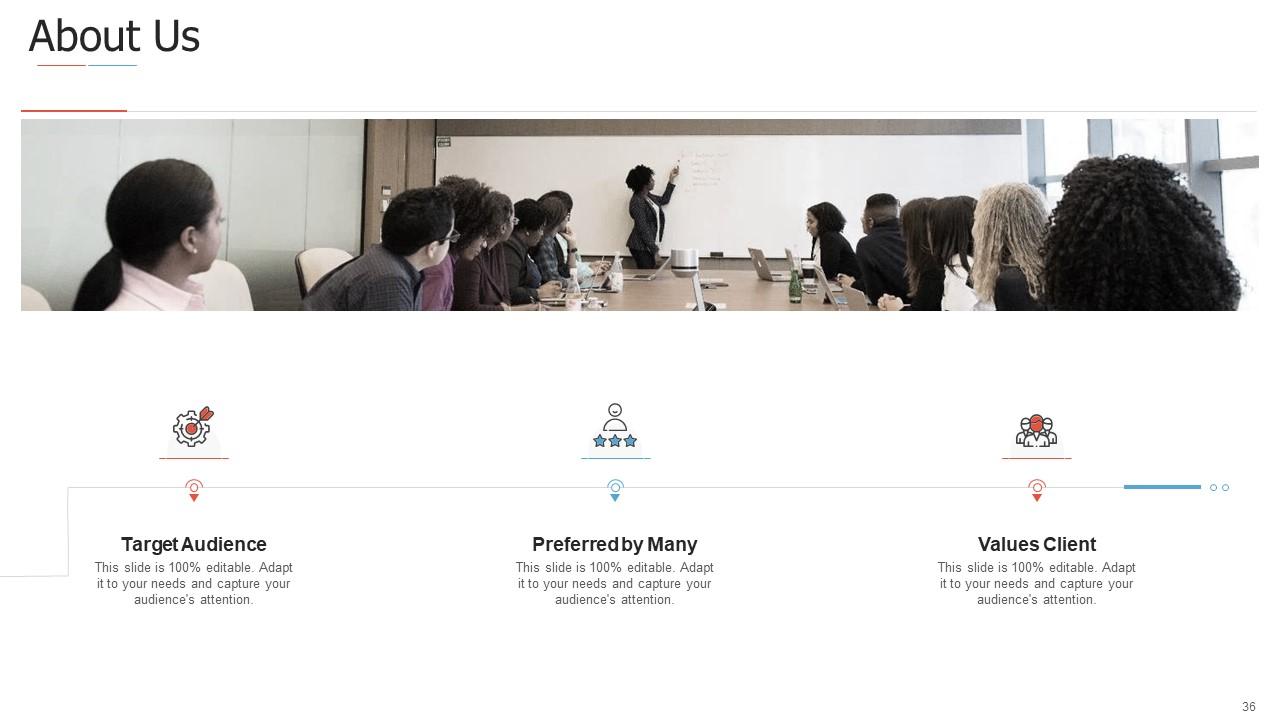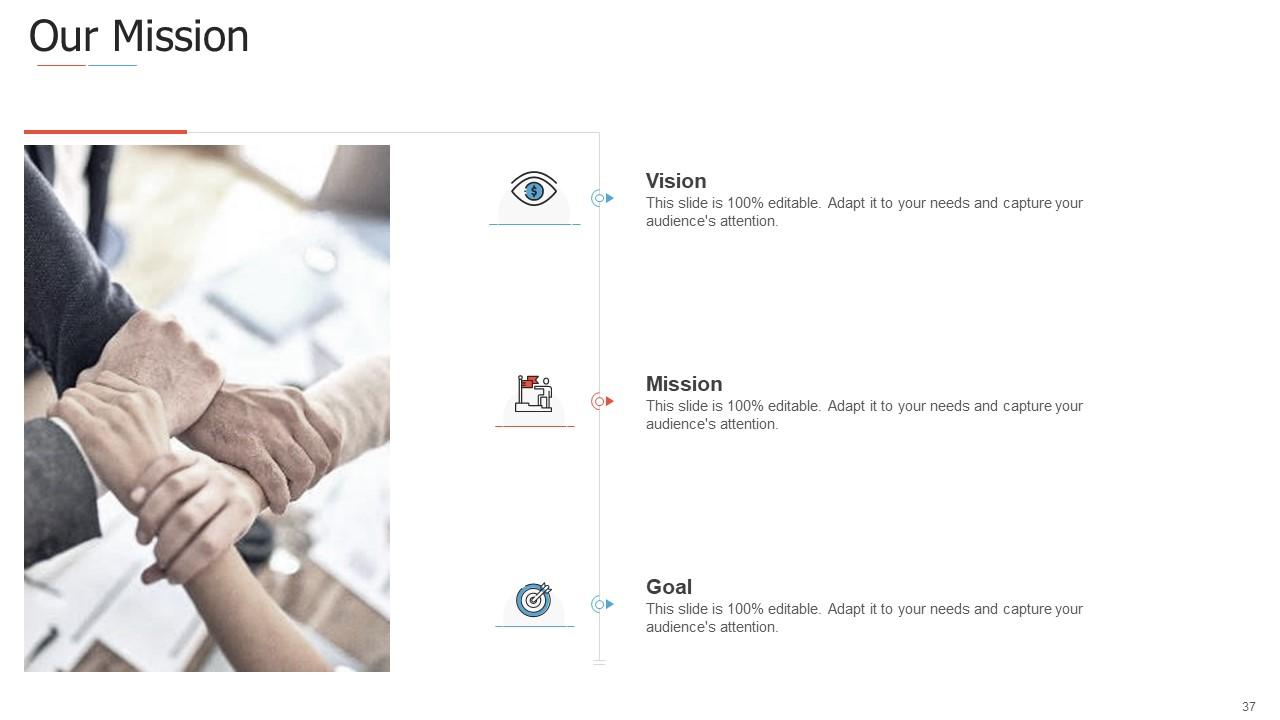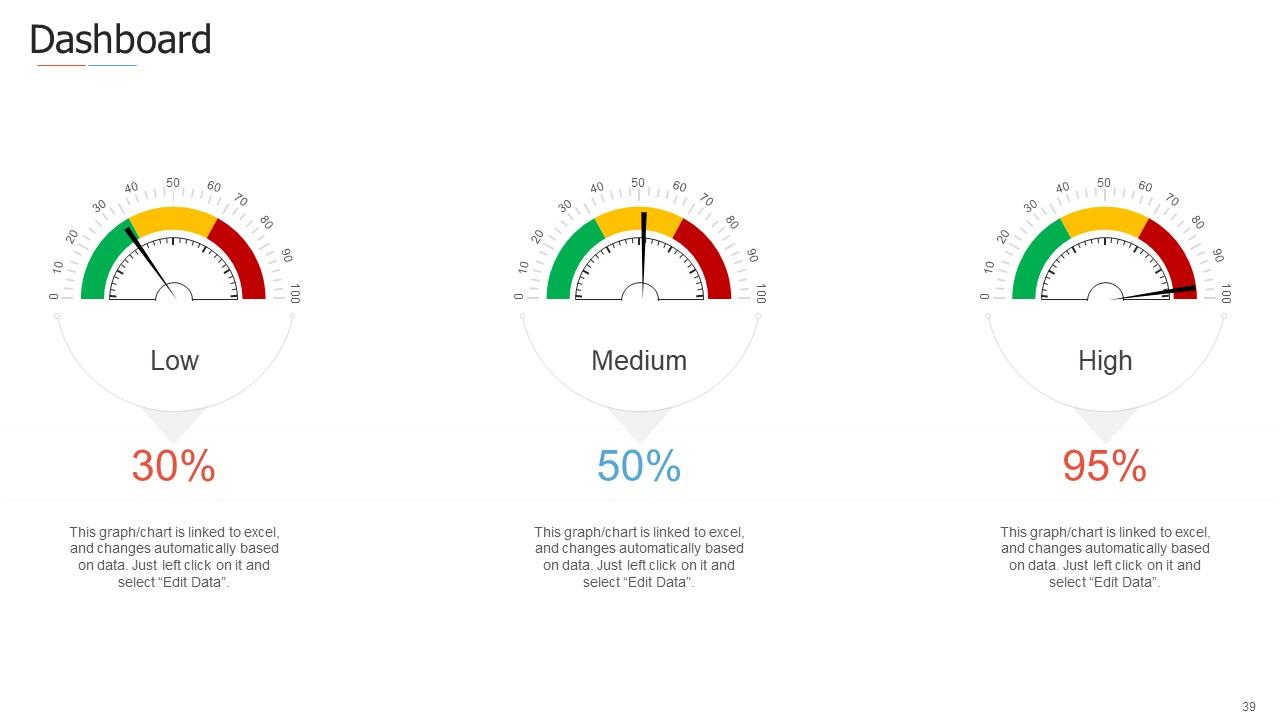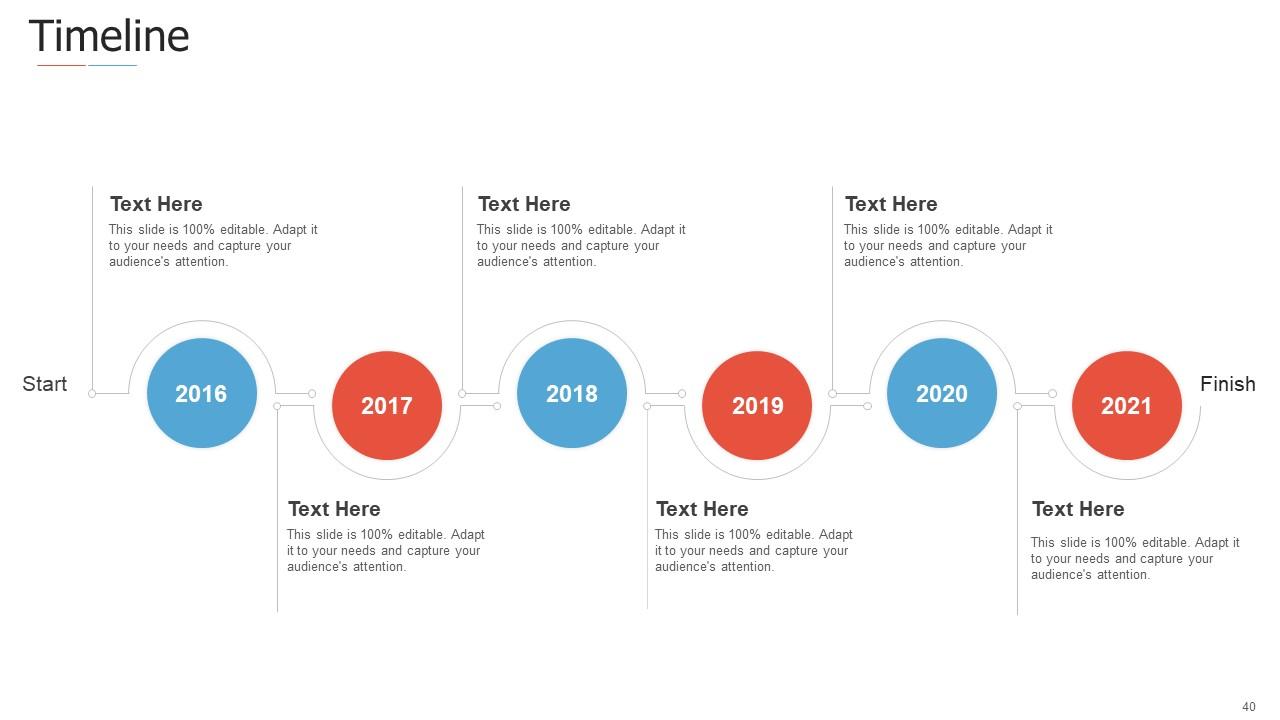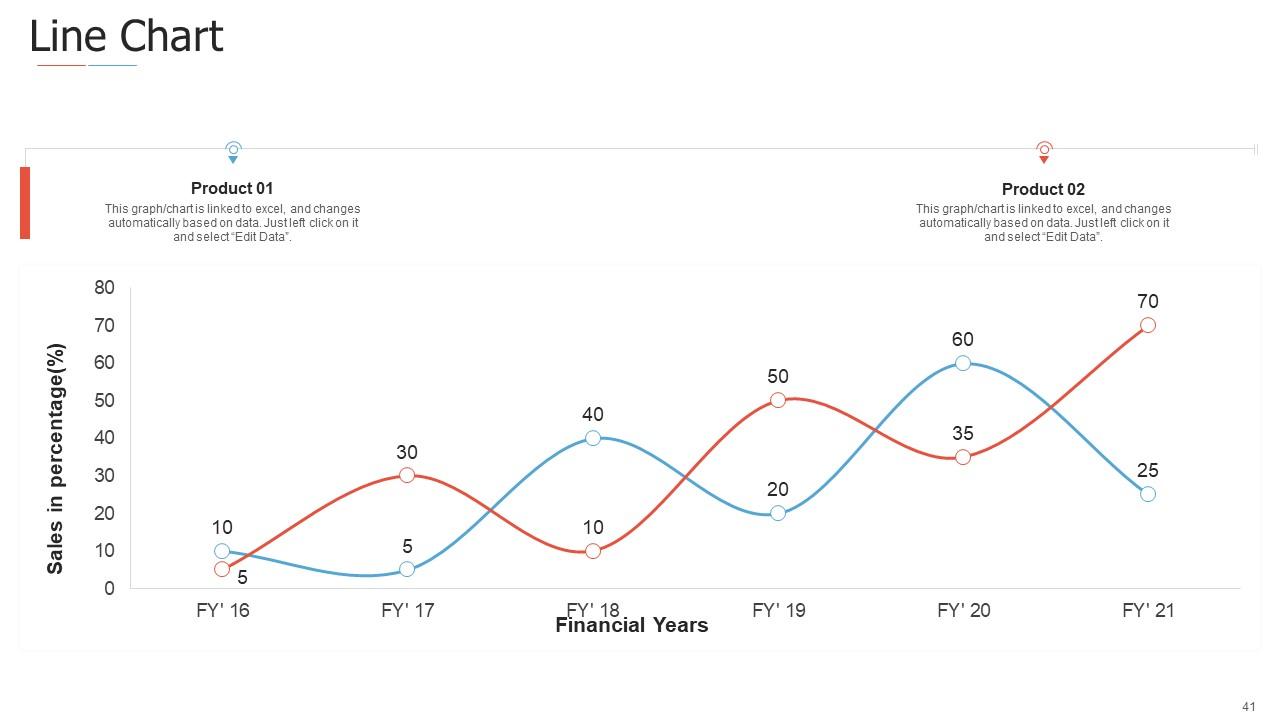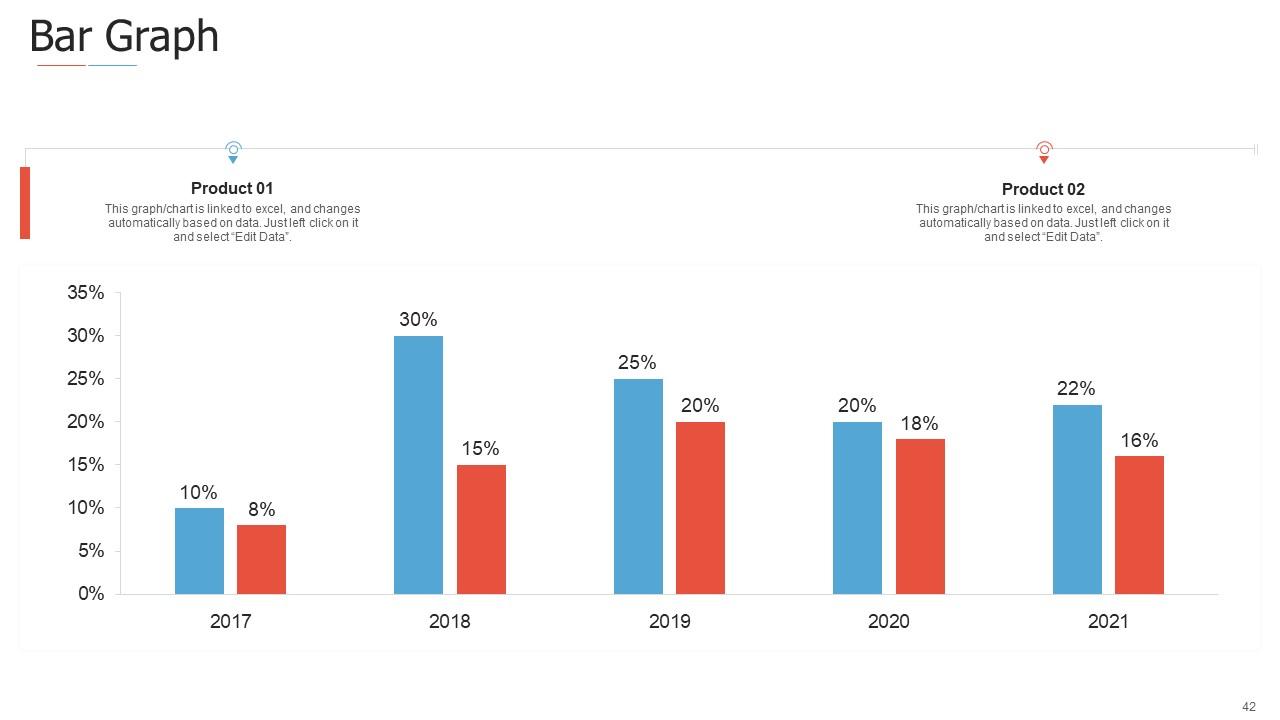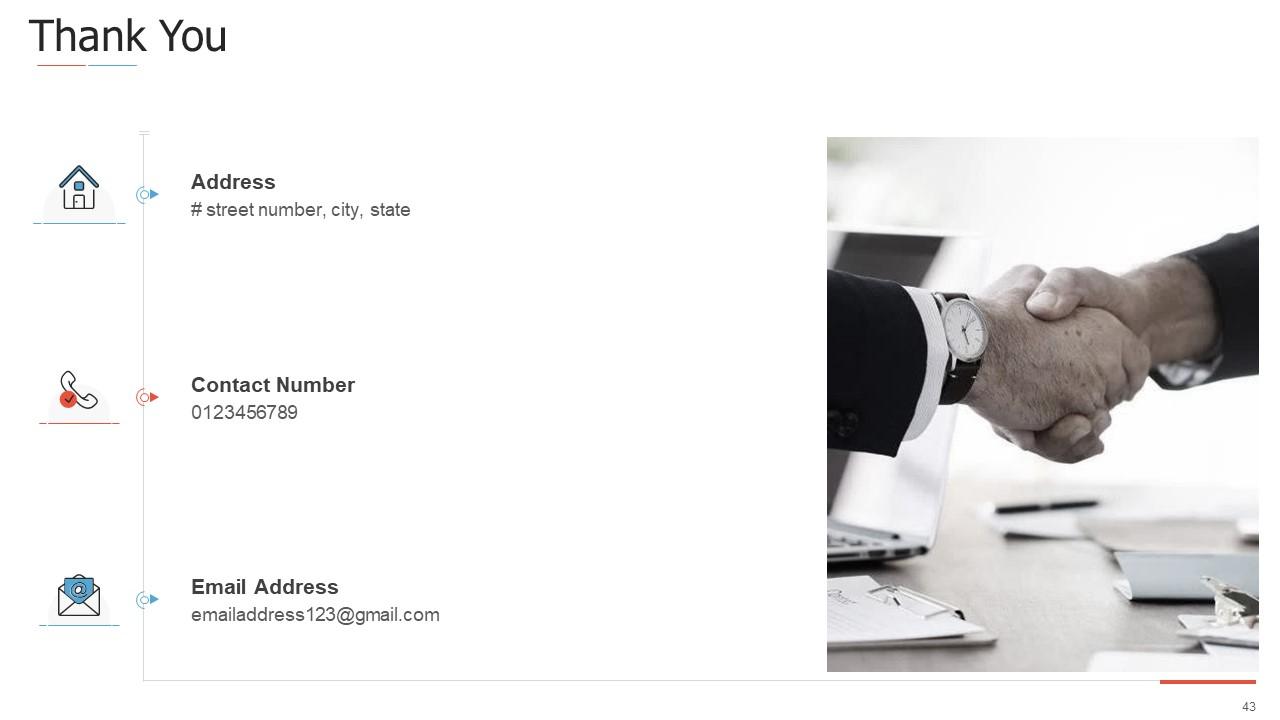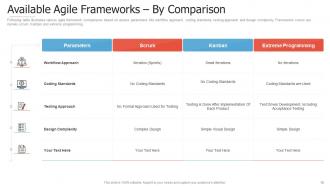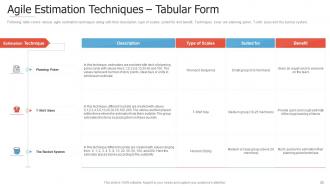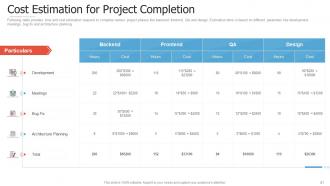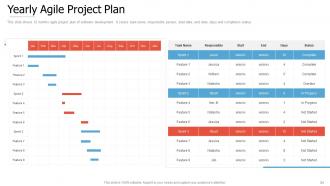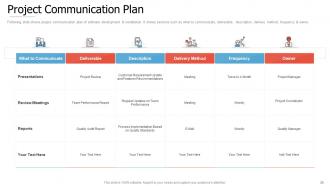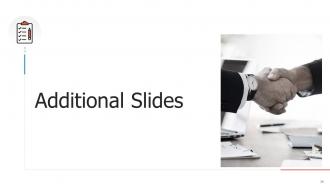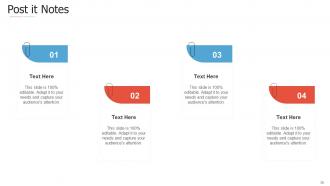Introduction to agile project management powerpoint presentation slides
Agile project management enables cross-functional teams to collaborate on project components, solve difficulties, and progress projects in shorter periods. Teams may iterate faster and provide more regular updates this way. Agile is a project management style that divides huge projects into smaller, more manageable parts called iterations. Something of value is generated at the conclusion of each loop. Every iteration's product should be able to be released into the world and get feedback from stakeholders or consumers. SlideTeam’s agile technology PowerPoint templates can help you get up to speed quickly on the basics of agile project management. Our templates are easy to use and customizable, so you can tailor them specifically to your needs. So download our templates now and start putting the principles of agile project management into practice.
Agile project management enables cross-functional teams to collaborate on project components, solve difficulties, and progr..
- Google Slides is a new FREE Presentation software from Google.
- All our content is 100% compatible with Google Slides.
- Just download our designs, and upload them to Google Slides and they will work automatically.
- Amaze your audience with SlideTeam and Google Slides.
-
Want Changes to This PPT Slide? Check out our Presentation Design Services
- WideScreen Aspect ratio is becoming a very popular format. When you download this product, the downloaded ZIP will contain this product in both standard and widescreen format.
-

- Some older products that we have may only be in standard format, but they can easily be converted to widescreen.
- To do this, please open the SlideTeam product in Powerpoint, and go to
- Design ( On the top bar) -> Page Setup -> and select "On-screen Show (16:9)” in the drop down for "Slides Sized for".
- The slide or theme will change to widescreen, and all graphics will adjust automatically. You can similarly convert our content to any other desired screen aspect ratio.
Compatible With Google Slides

Get This In WideScreen
You must be logged in to download this presentation.
PowerPoint presentation slides
Enthrall your audience with this Introduction To Agile Project Management Powerpoint Presentation Slides. Increase your presentation threshold by deploying this well crafted template. It acts as a great communication tool due to its well researched content. It also contains stylized icons, graphics, visuals etc, which make it an immediate attention grabber. Comprising fourty three slides, this complete deck is all you need to get noticed. All the slides and their content can be altered to suit your unique business setting. Not only that, other components and graphics can also be modified to add personal touches to this prefabricated set.
People who downloaded this PowerPoint presentation also viewed the following :
Content of this Powerpoint Presentation
Slide 1: This is the first slide of Introduction to Agile Project Management PowerPoint template. Add your company name here.
Slide 2: Use this slide to share the agenda for your presentation. Focus on the need to upgrade your software development from waterfall methodology to agile methodology.
Slide 3: Here is a slide to introduce the table of contents for your presentation like project overview, problems faced in previous projects, available agile frameworks, dashboards, etc.
Slide 4: This slide can be used to introduce the first heading of your presentation, i.e. the project overview.
Slide 5: This slide shows details about the project and its cost and duration, covering a summary of the project with objectives and expected outcomes.
Slide 6: Introduce the second heading of your presentation, i.e. the problems faced in previous projects in this slide.
Slide 7: The following slide covers various problems faced by the project teams in previous projects. Emphasize how requirement analysis, unrealistic schedule, and inadequate testing were the main problems in your early projects.
Slide 8: This slide shows the waterfall approach currently used by the project management team for effectively managing the project tasks. It also offers the activities covered by each model stage, from analysis to operation and management.
Slide 9: Introduce the third heading of your presentation in this slide, i.e. the available agile frameworks.
Slide 10: Use the tabular format of this slide to illustrate various agile framework comparisons based on multiple parameters like workflow approach, coding standards, testing approach, and design complexity.
Slide 11: This slide shows the workflow of the scrum process wherein the product backlog takes input from user stories and product owners and ends at visibility and velocity.
Slide 12: This slide shows the workflow of the scrum process covering various activities conducted in the product backlog, sprint backlog, backlog tasks, and sprint prior to delivery of the product to the customer.
Slide 13: The following slide shows the workflow process of Kanban, covering phases such as customer requirement, feature preparation & selection, product development, testing, and delivery.
Slide 14: This slide illustrates the workflow of the extreme programming process that includes stages beginning from the architectural spike and user stories to small releases.
Slide 15: Introduce the fifth heading of the Table of Contents, i.e. the available agile frameworks and the project cost estimation.
Slide 16: This slide introduces the three agile techniques namely the planning poker, the T-shirt sizes, and the bucket system.
Slide 17: The following slide covers planning poker, one of the agile estimation techniques showing the various cards assigned with the number and interpretation of each.
Slide 18: This slide covers the T-shirt sizes, one of the agile estimation techniques. Here the estimators place their stories to appropriate shirt size assigned with calendar time, people and cost.
Slide 19: This slide covers the bucket system, one of the agile estimation techniques. Here the estimators place their story in a suitable bucket with a value of 0 to 200.
Slide 20: The following table covers various agile estimation techniques and their description, type of scales, suited for, and benefit. Techniques covered are planning poker, T-shirt sizes, and the bucket system.
Slide 21: The following table provides the time and cost estimation required to complete various project phases like backend, frontend, QA, and design. Estimation is based on different parameters like development, meetings, bug fix and architecture planning.
Slide 22: Introduce the seventh heading of your presentation, the agile project plan in this slide prepared monthly, yearly, and phase-wise.
Slide 23: This slide shows the monthly agile project plan covering various activities such as planning, configuring multilingual features, testing, and deployment in different sprints, also depicting the details of the holder assigned to complete each sprint activity.
Slide 24: This slide shows the12 monthly agile project plan for software development. It covers task name, responsible person, start date, end date, days, and completion status.
Slide 25: The following slide shows the agile project plan of software development covering each phase, such as business case, analysis, design, build, quality assurance library, and test along with the task name, responsible person, start date, end date, days, and completion status.
Slide 26: The following slide shows the project communication plan of software development & installation. It shows sections such as what to communicate, deliverable, description, delivery method, frequency & owner.
Slide 27: Introduce the 9th and 10th heading of your table of contents in this slide, i.e. the hurdles to adopting agile and overcoming agile adoption barriers.
Slide 28: This slide shares the possible barriers the company may face while adopting agile methodology in project management. Specify barriers like lack of culture transition, insufficient agile experience & knowledge, lack of open communication, and unorganized resource pool.
Slide 29: The following slide shows the right solution to overcome the agile adoption barriers such as lack of culture transition, insufficient agile experience & knowledge, lack of open communication, and unorganized resource pool.
Slide 30: Share the titles of your presentation's 11th and 12th contents in this slide, i.e. the impact on performance and the dashboards.
Slide 31: Following slide shows the performance comparison of before and after adopting agile methodology in project management.
Slide 32: This slide shows the software development project management dashboard. It covers planning, design, development, testing project launch date, project budget, overdue tasks, workload, and upcoming deadlines.
Slide 33: This slide shows project progress through sprint completion status, allocated time, and actual time taken.
Slide 34: This is the icons slide for this presentation titled: "Agile Project Management."
Slide 35: This slide marks the beginning of additional slides to follow that comprise graphs, feedback review, and contact information.
Slide 36: This is the 'About Us' slide. Highlight your characteristic features, target audience, and distinct clients in this slide.
Slide 37: This slide provides the mission, vision, and goal of your company.
Slide 38: This slide contains Post-It Notes that can express any brief thoughts or ideas.
Slide 39: This dashboard slide highlights the high, medium, or low performance of elements involved in this project.
Slide 40: This is a timeline slide to share your growth and milestones creatively.
Slide 41: This is a line chart to present another way of visualizing the performance of two different parameters or products.
Slide 42: Use this bar chart PPT diagram to share a variation in visualization when comparing the variables of the previous slide or new ones.
Slide 43: This is a Thank You slide where details such as the address, contact number, email address are added.
Introduction to agile project management powerpoint presentation slides with all 43 slides:
Use our Introduction To Agile Project Management Powerpoint Presentation Slides to effectively help you save your valuable time. They are readymade to fit into any presentation structure.
-
Best way of representation of the topic.


